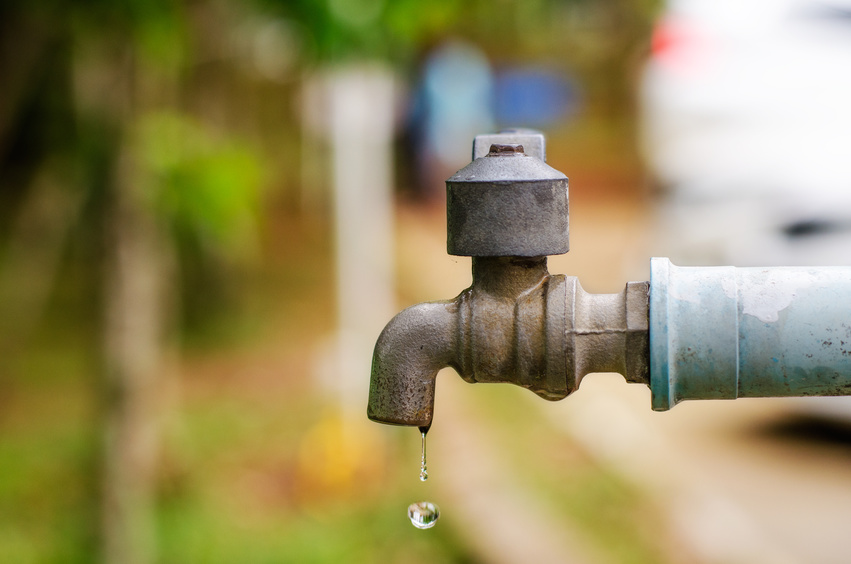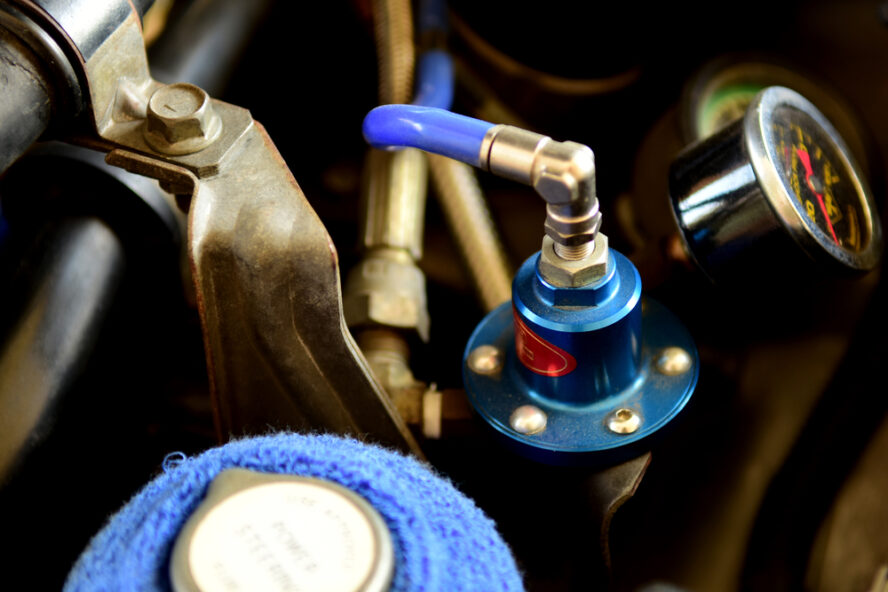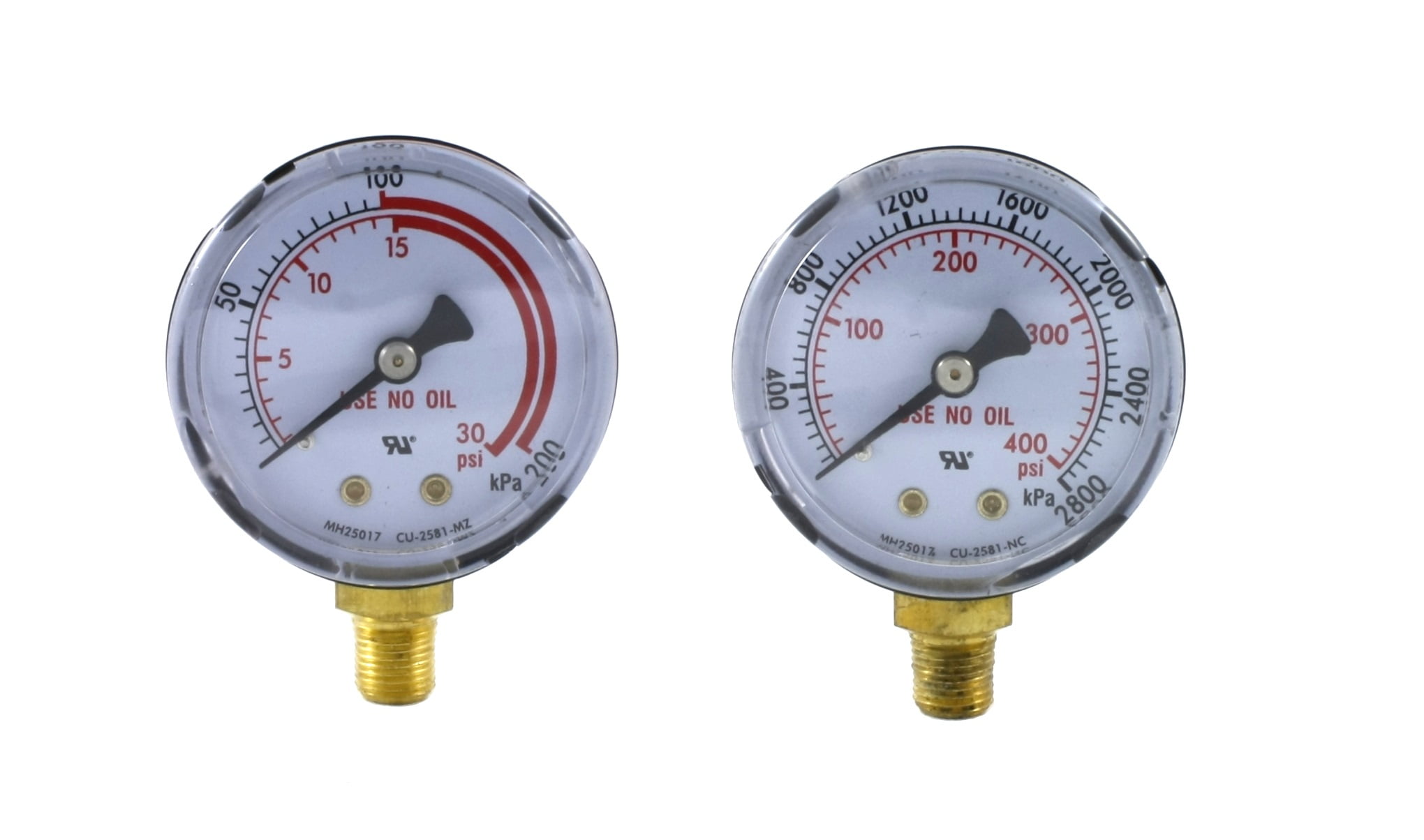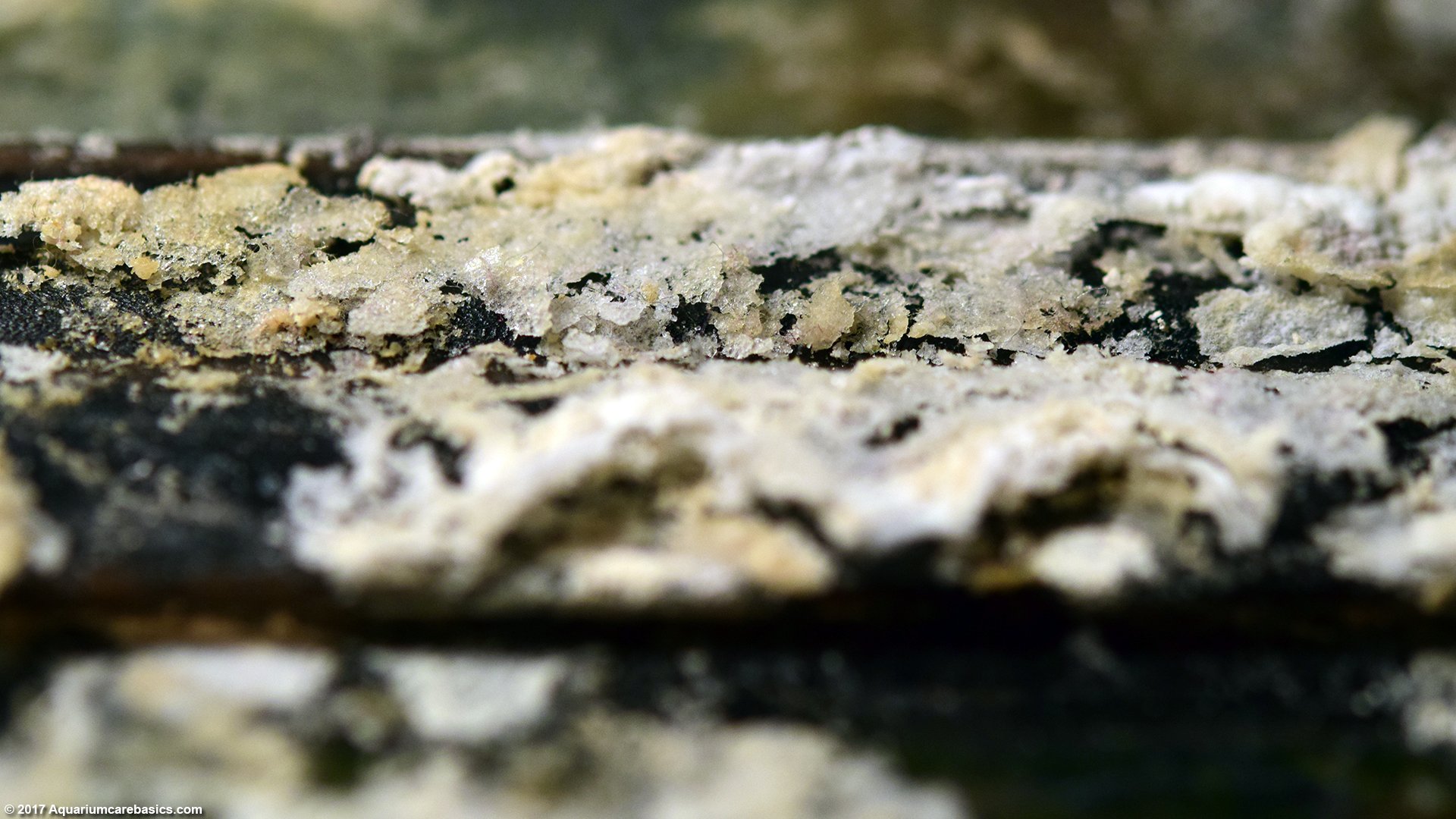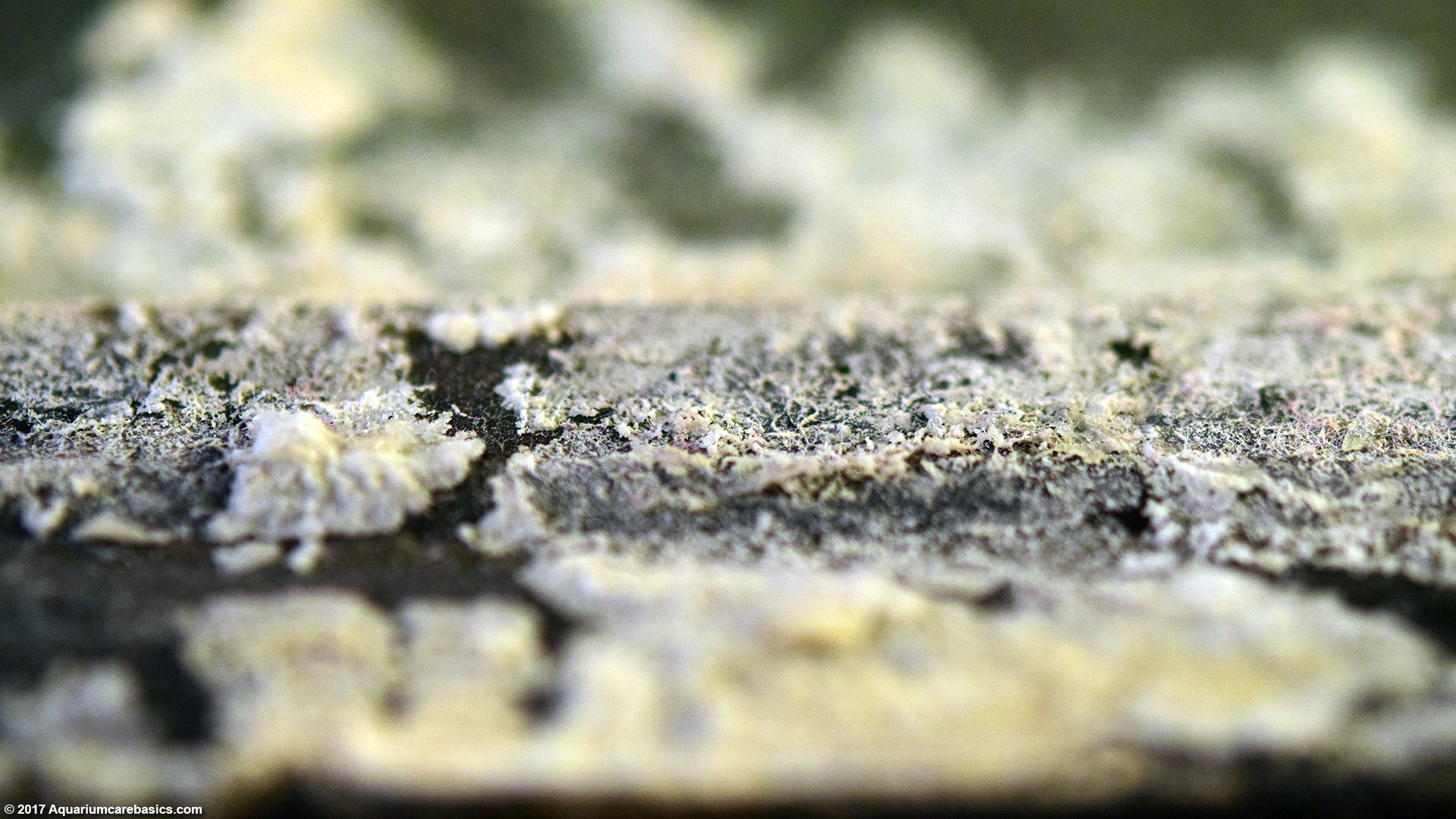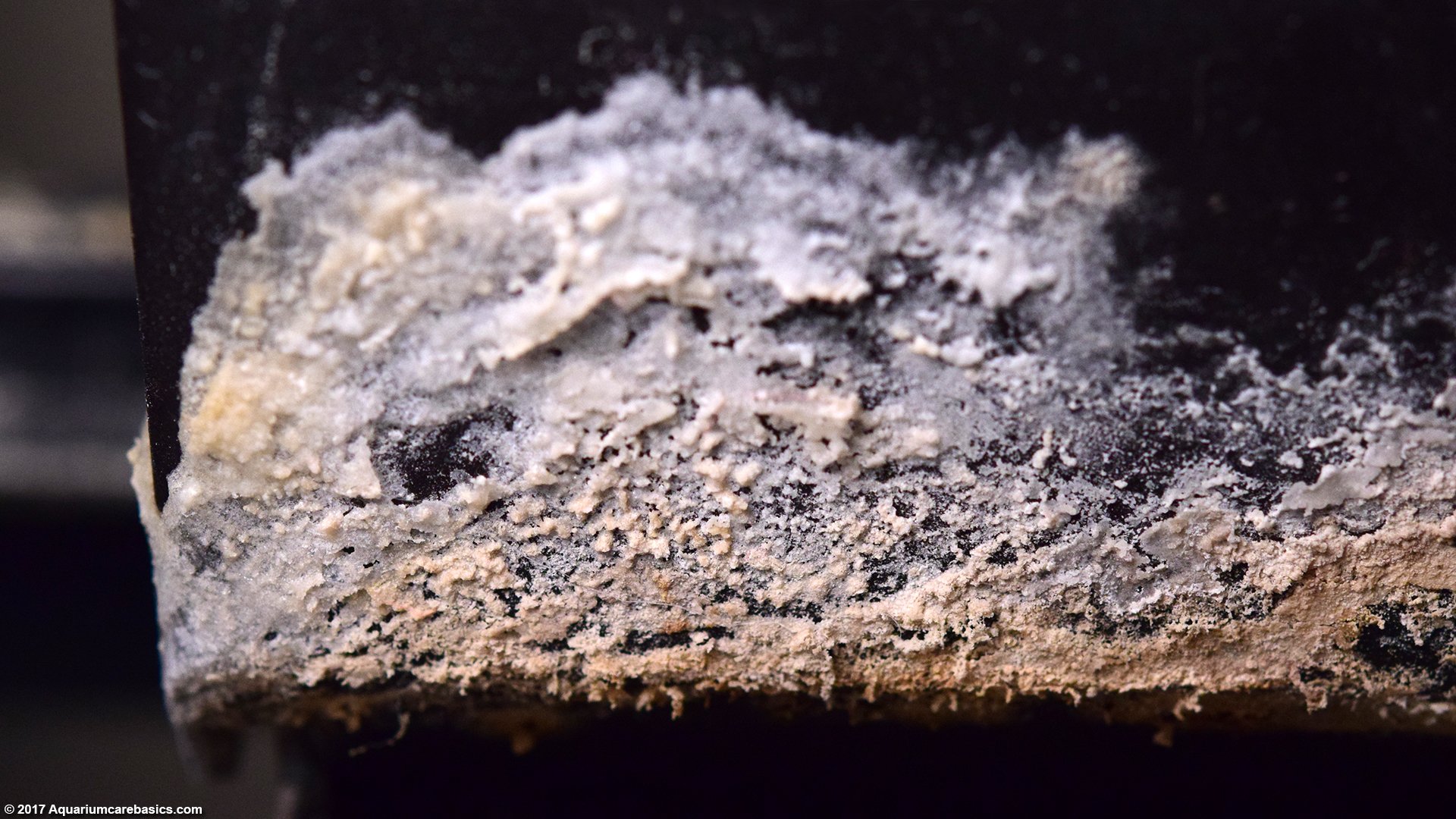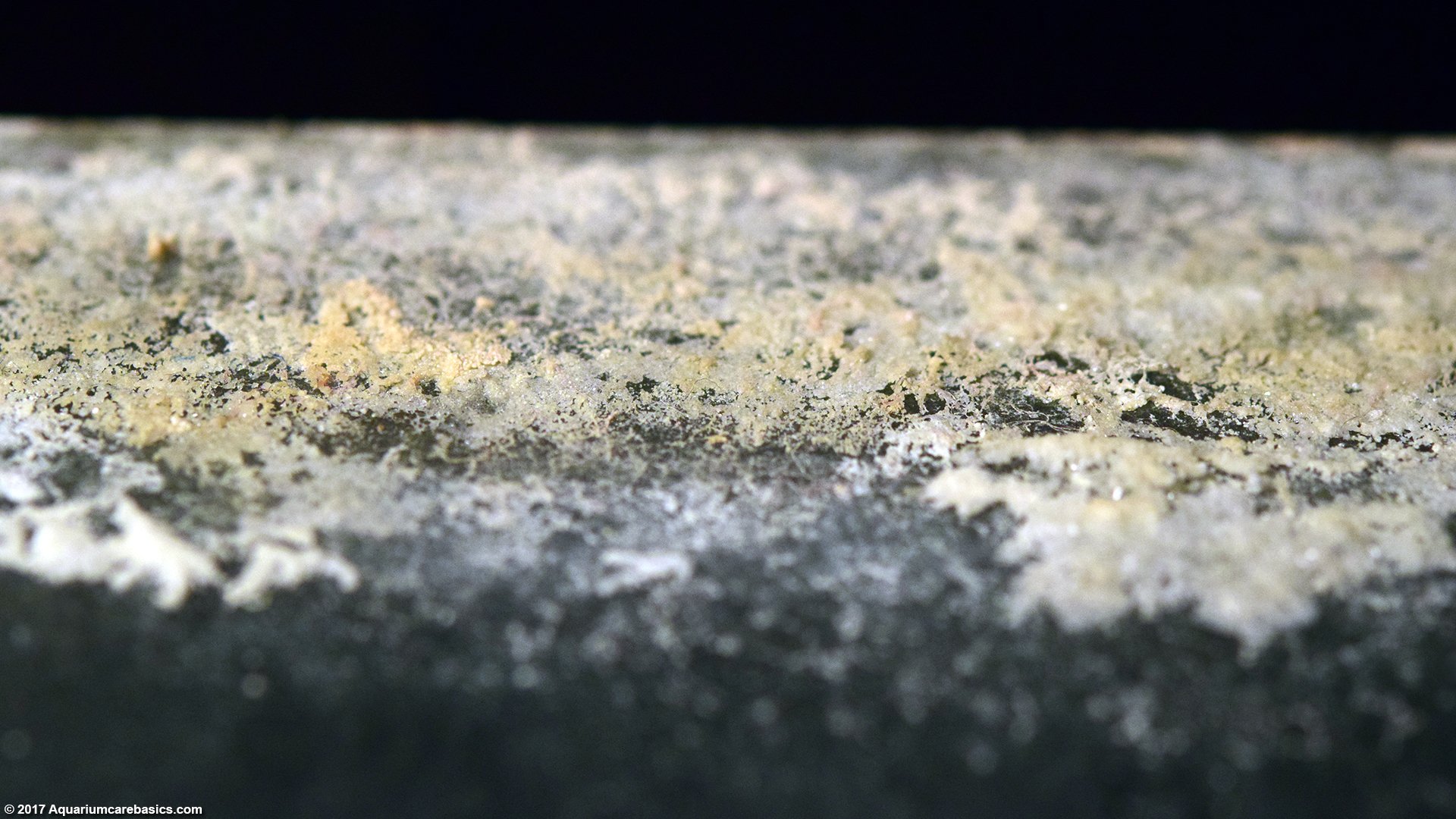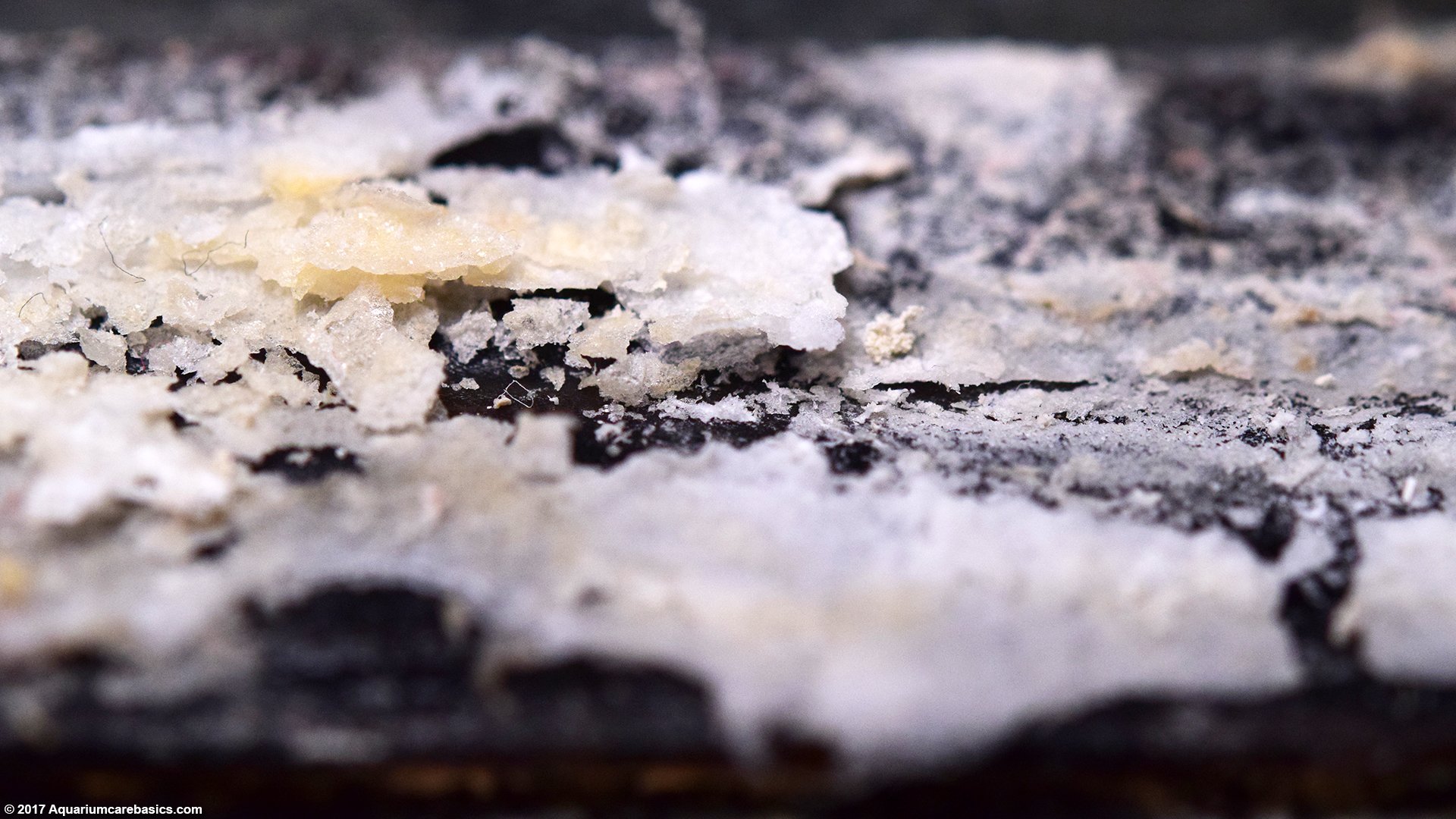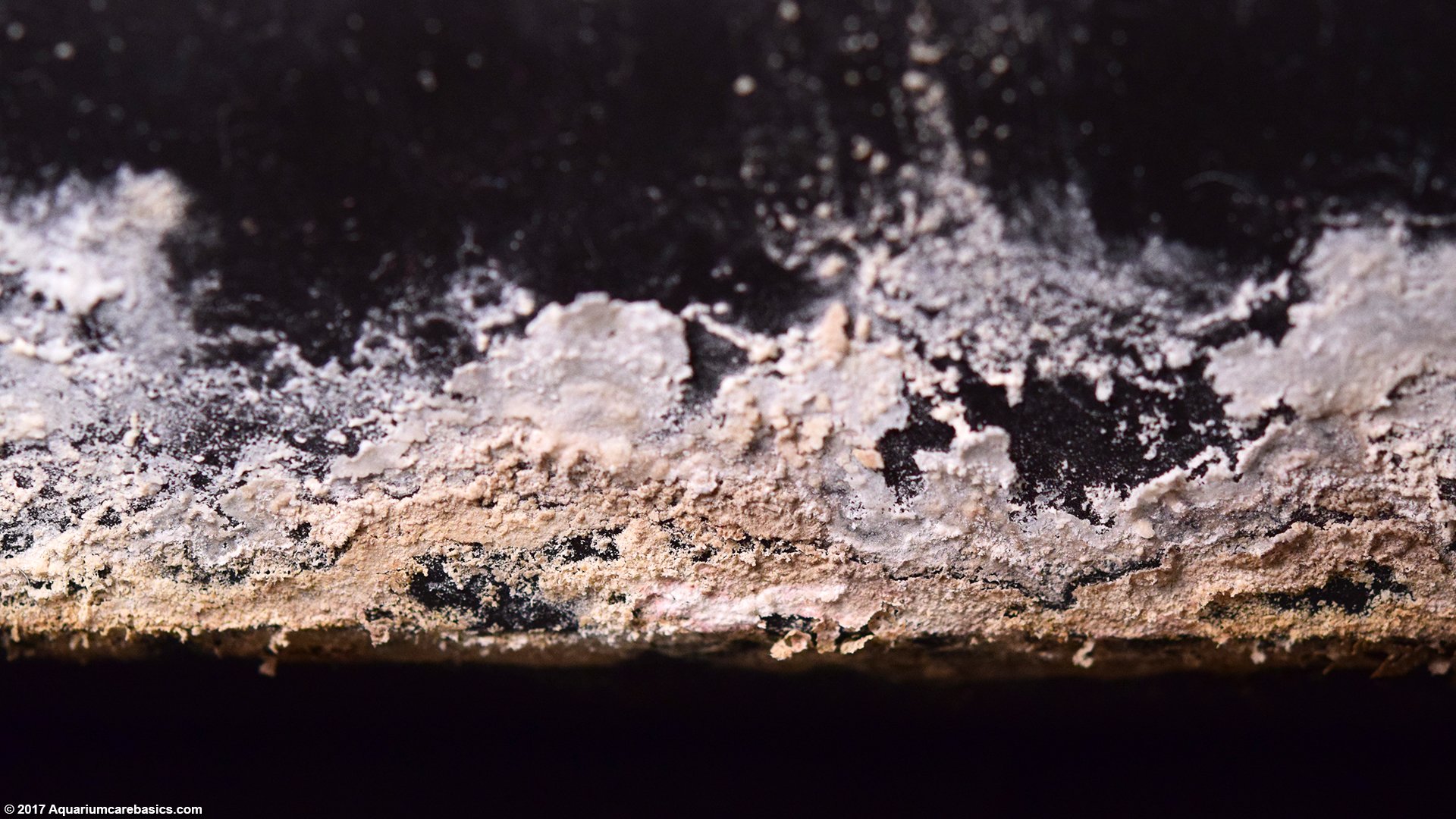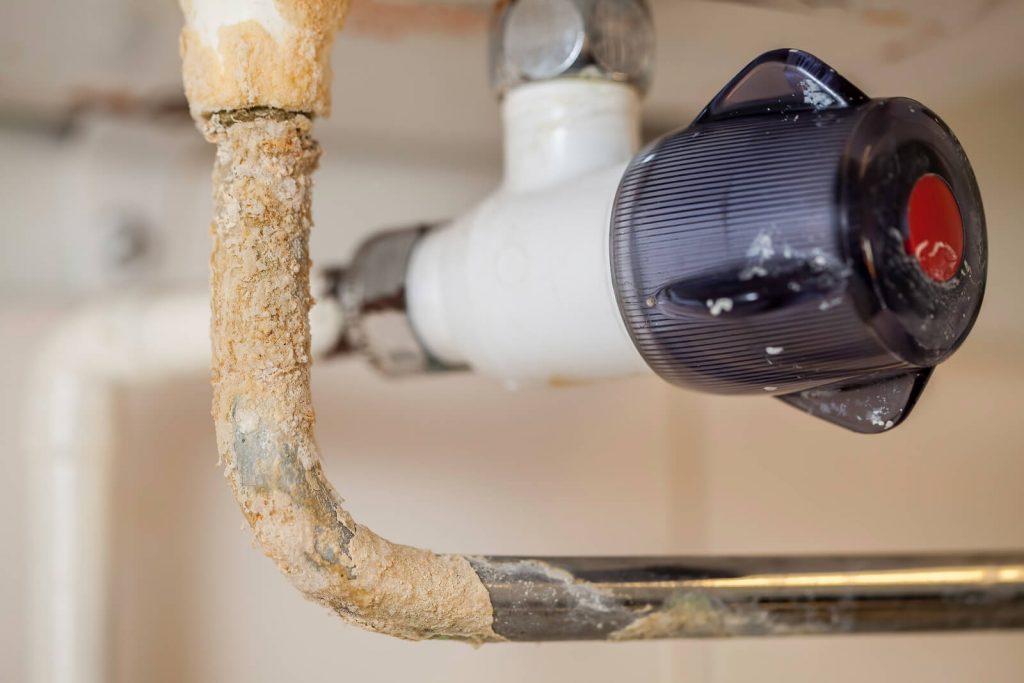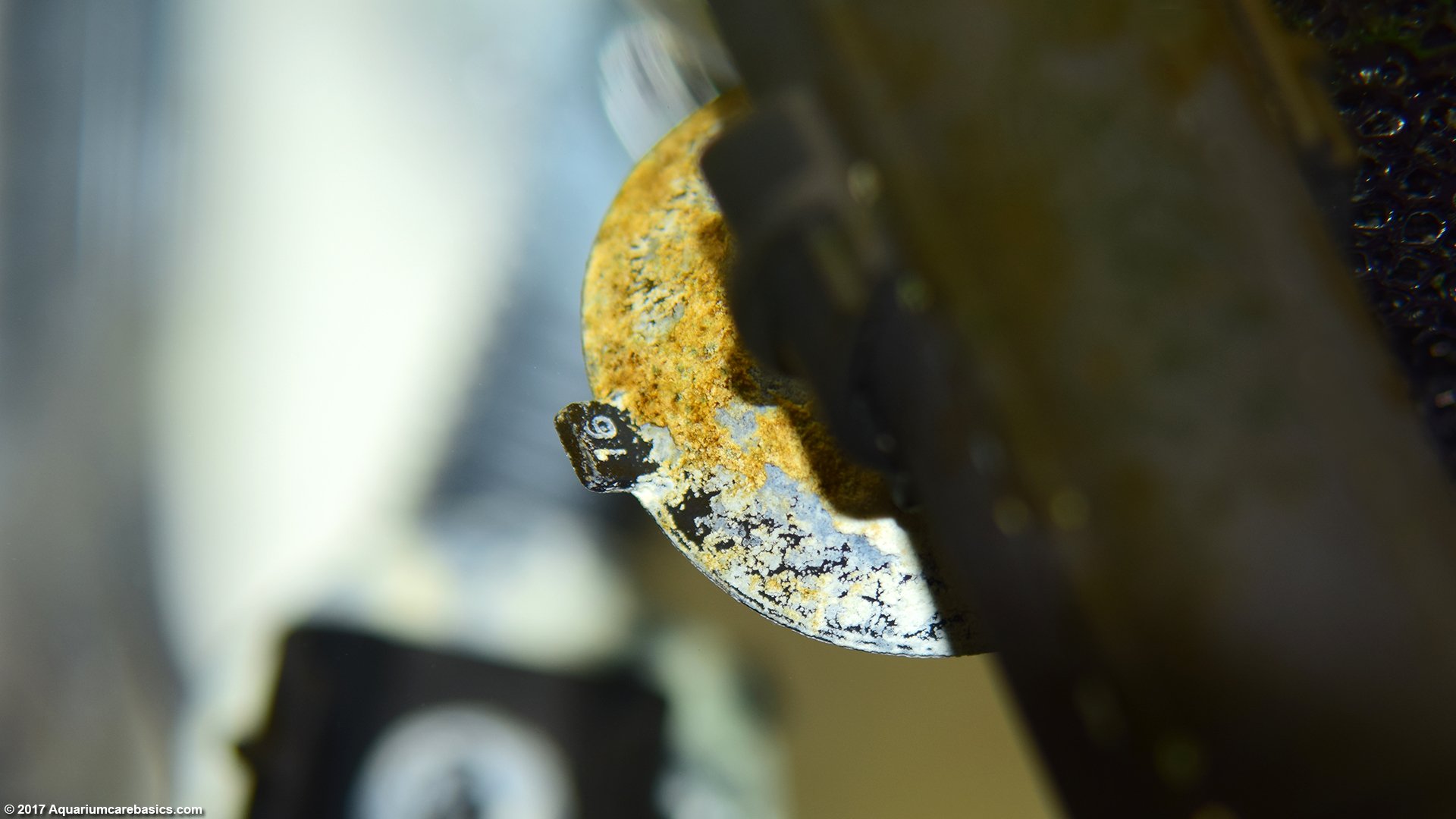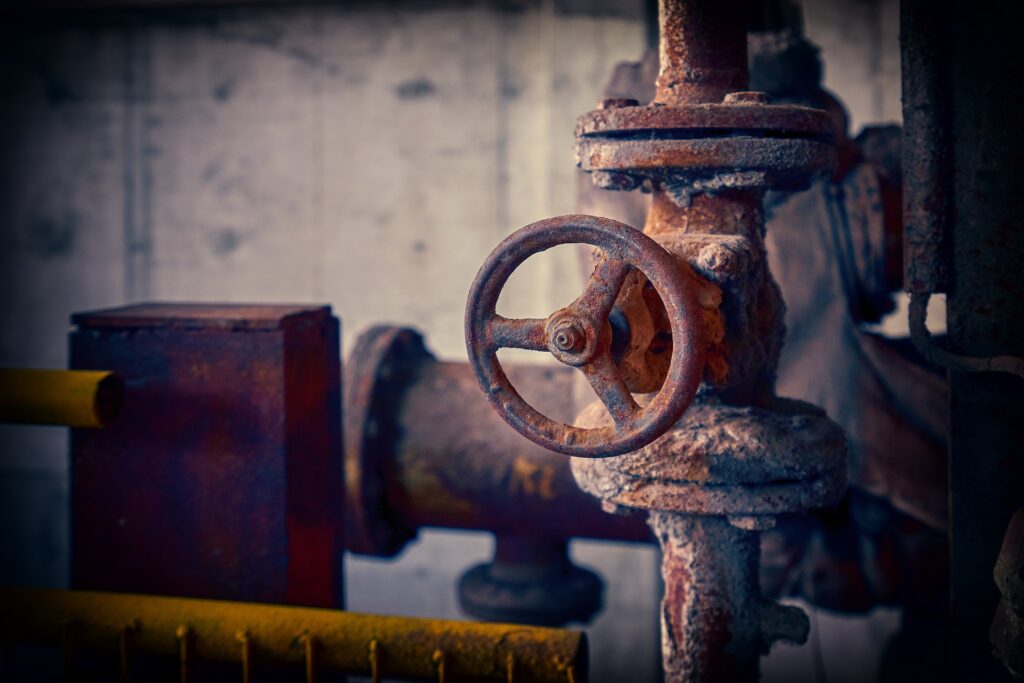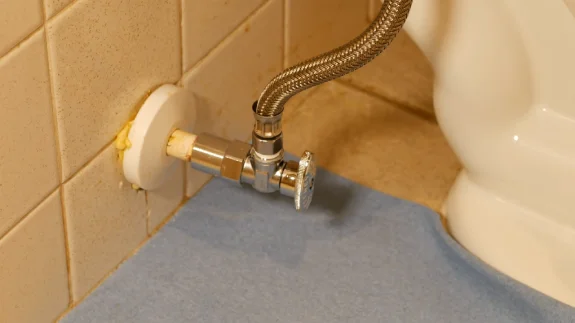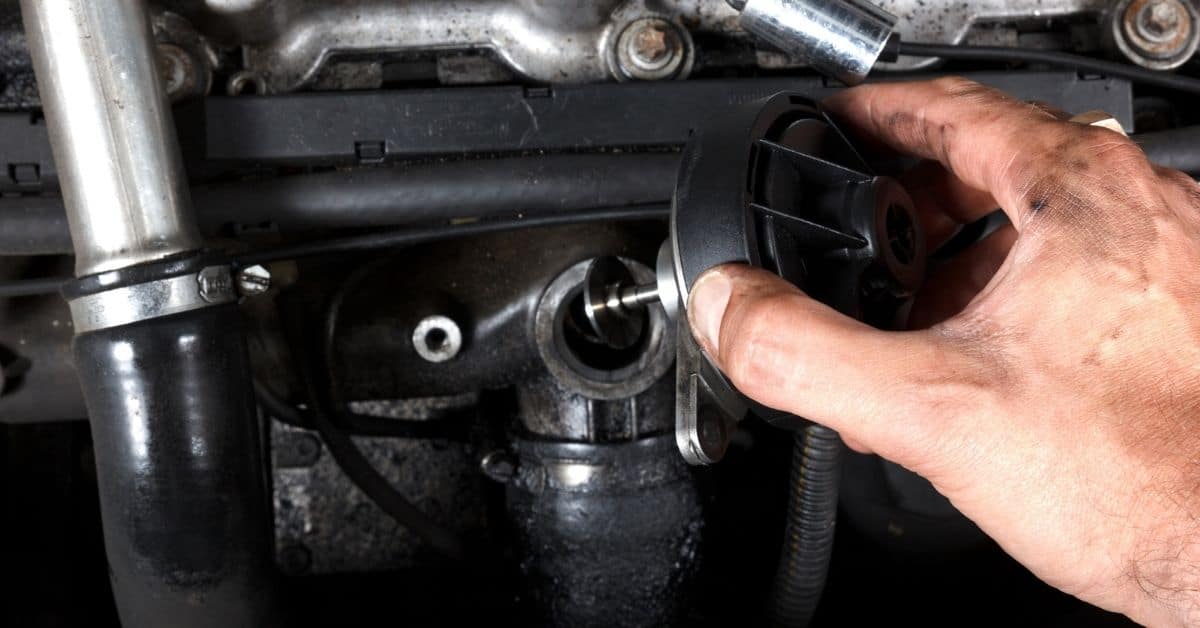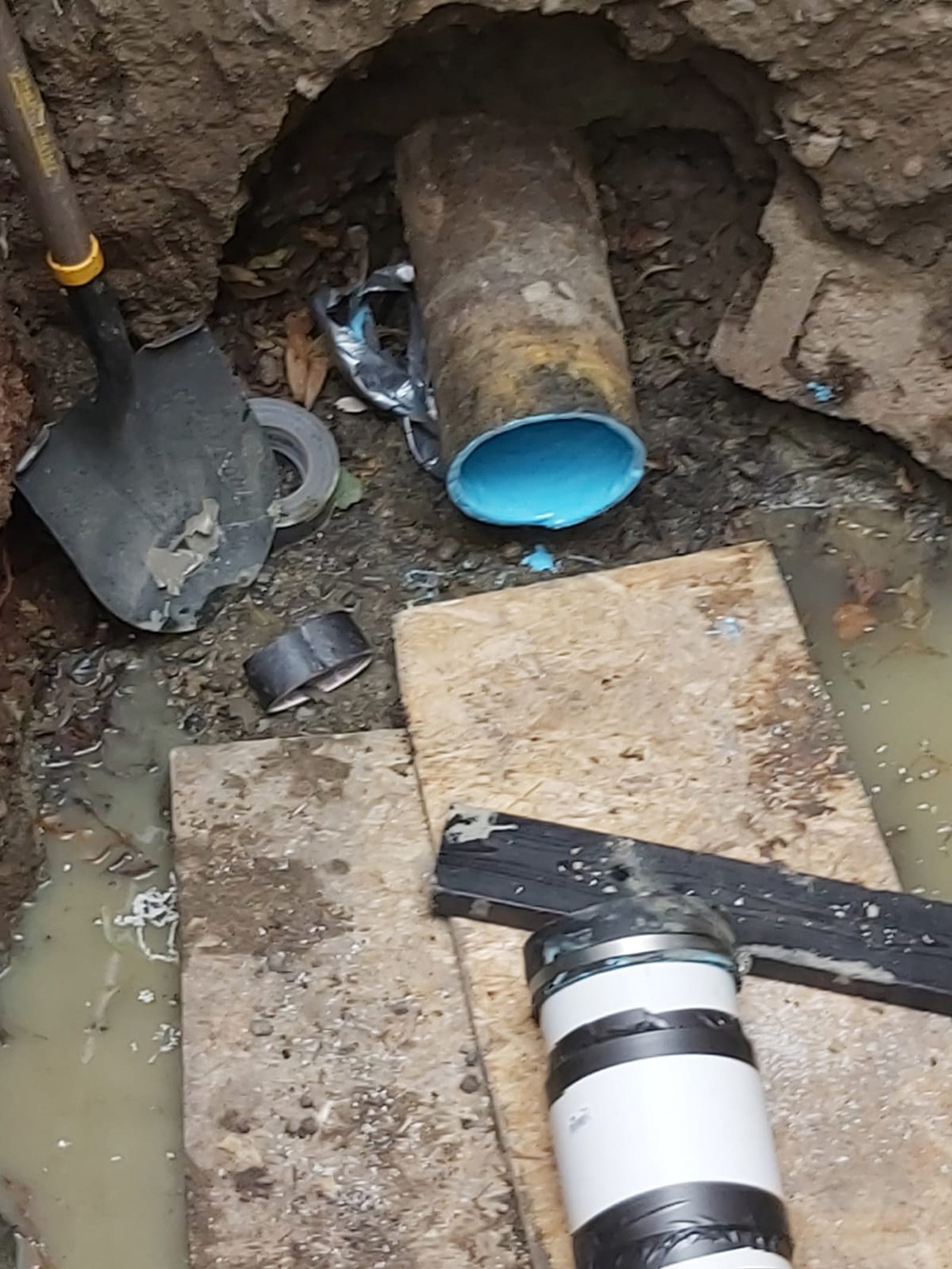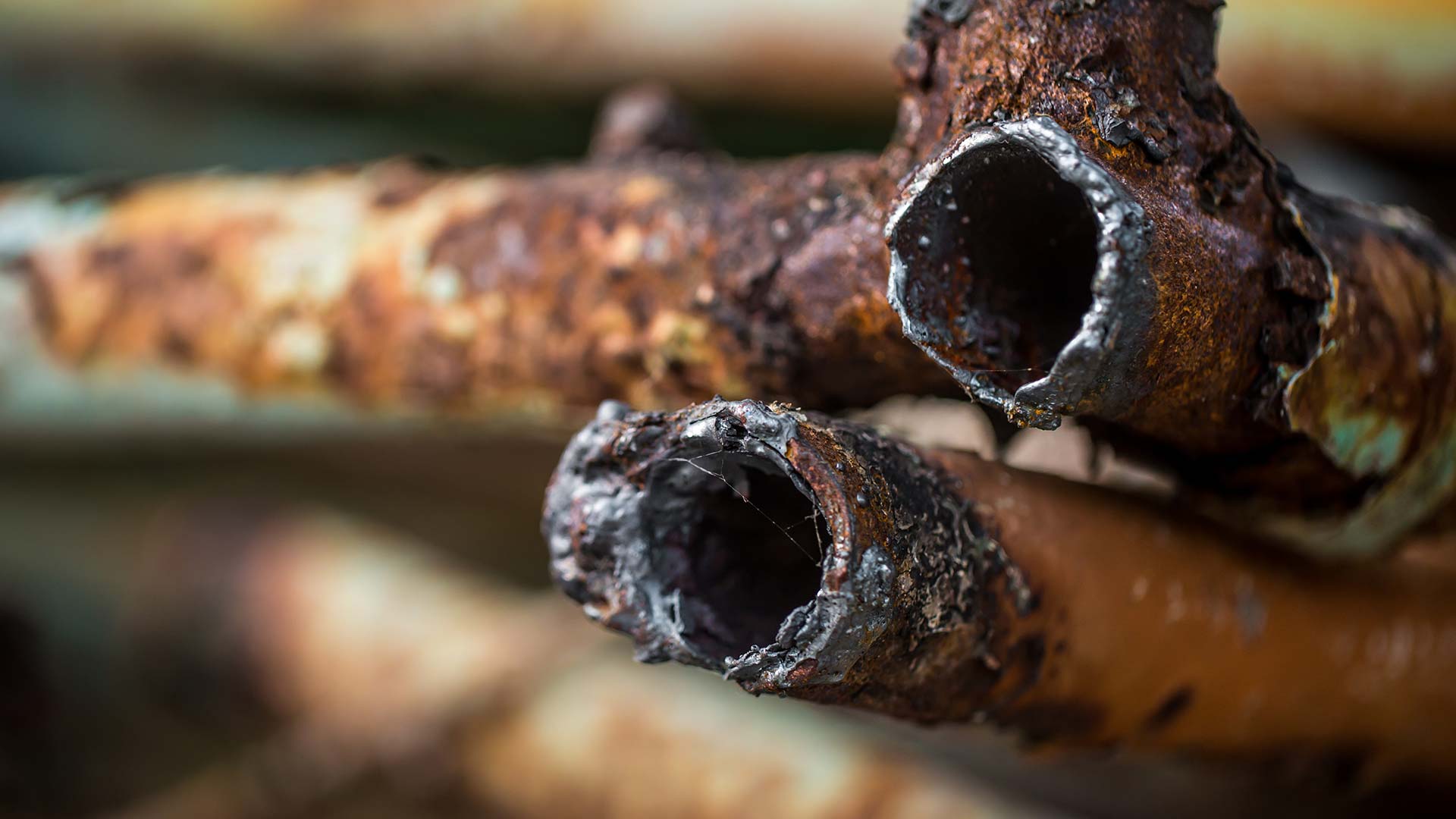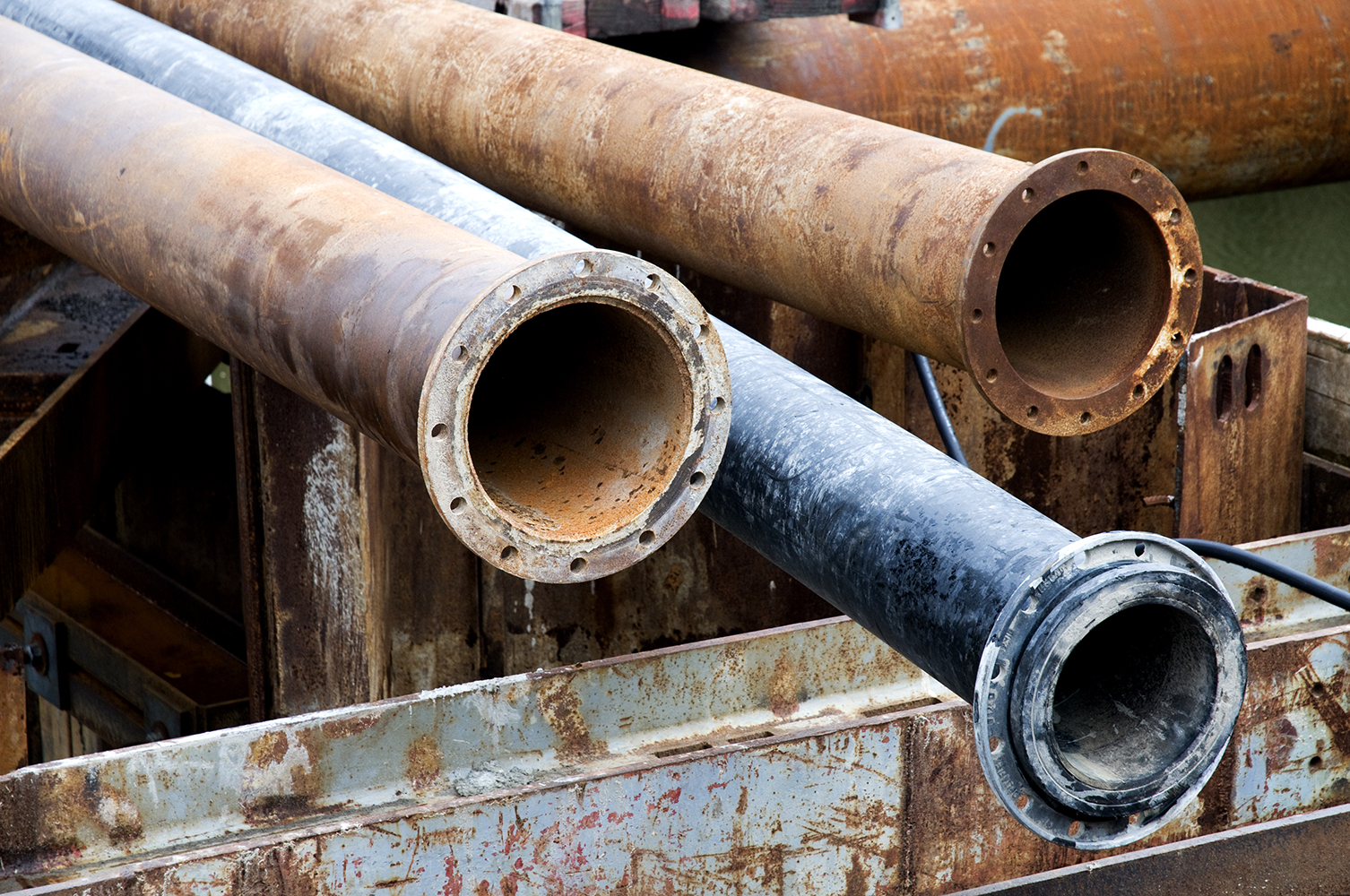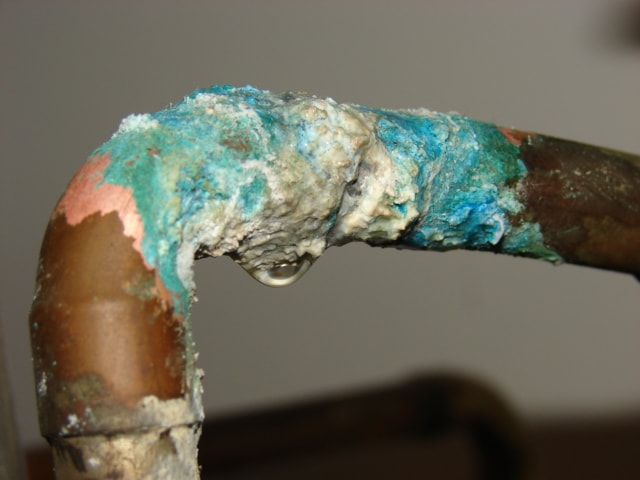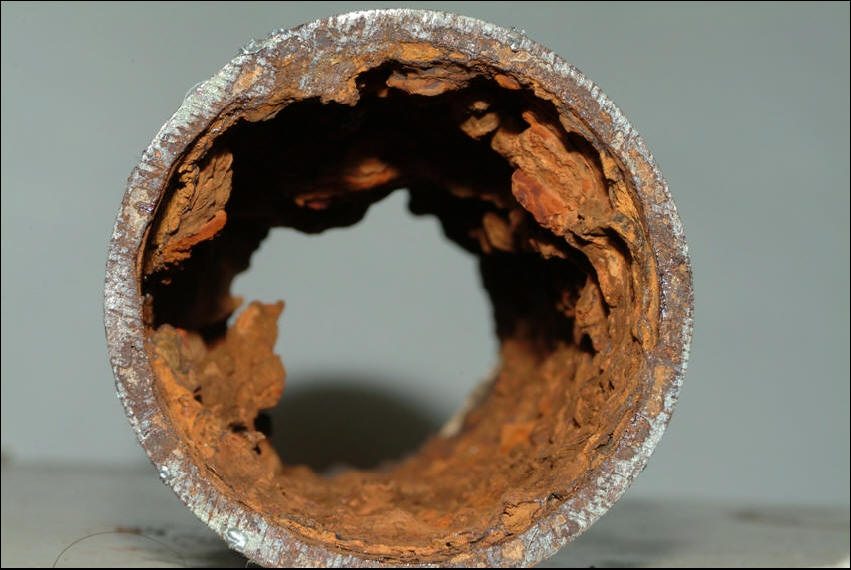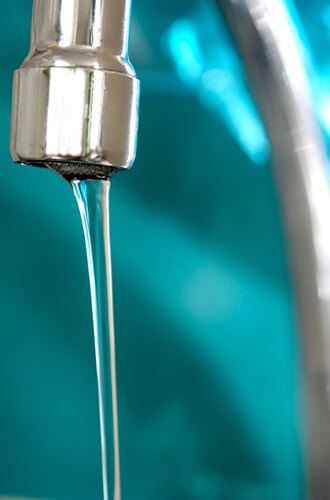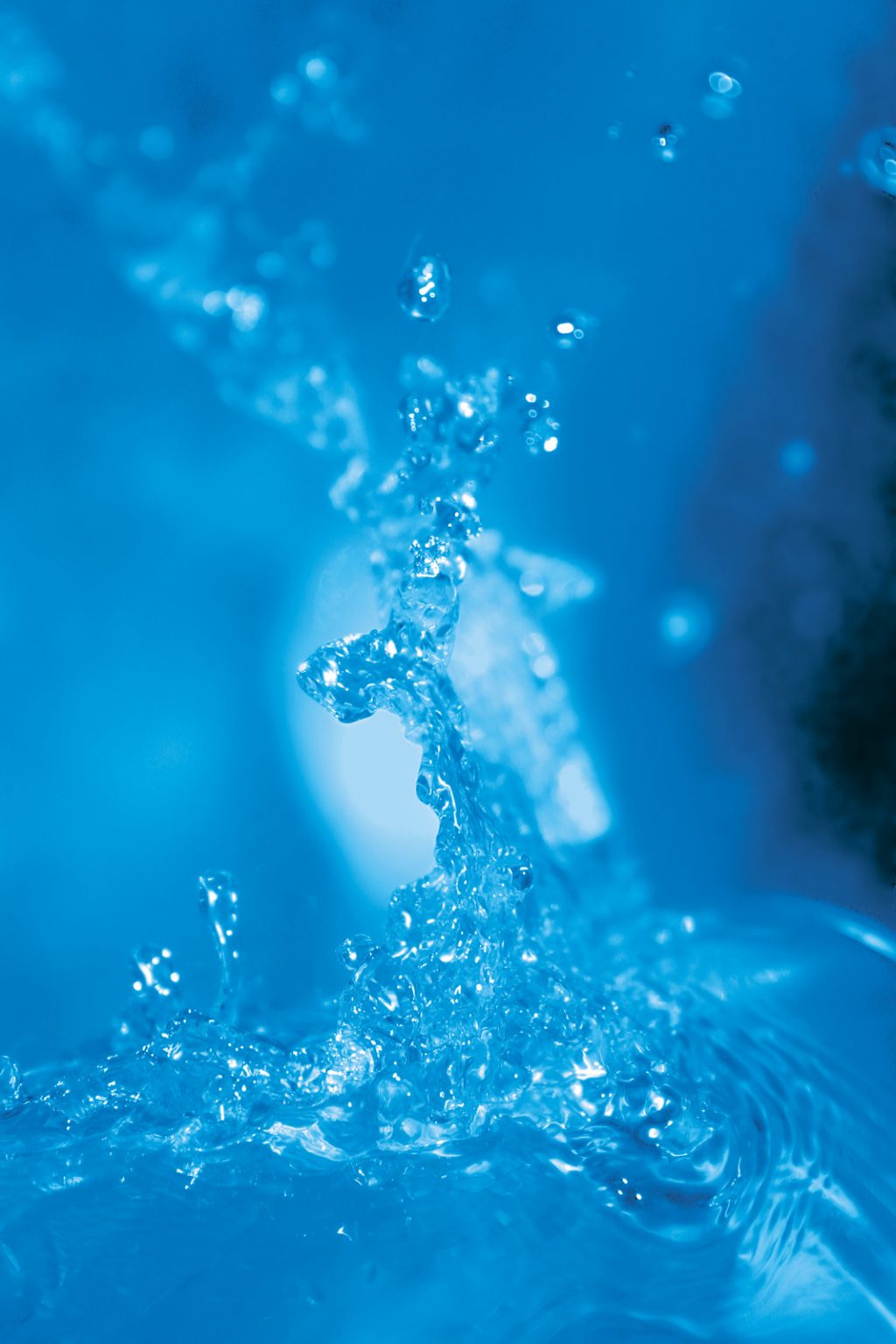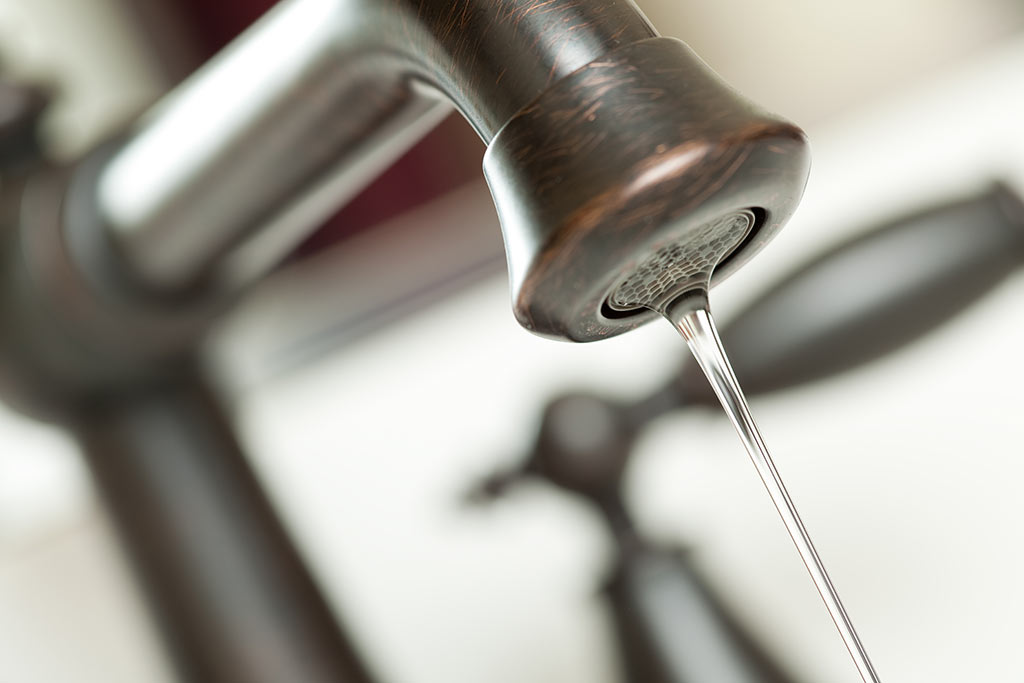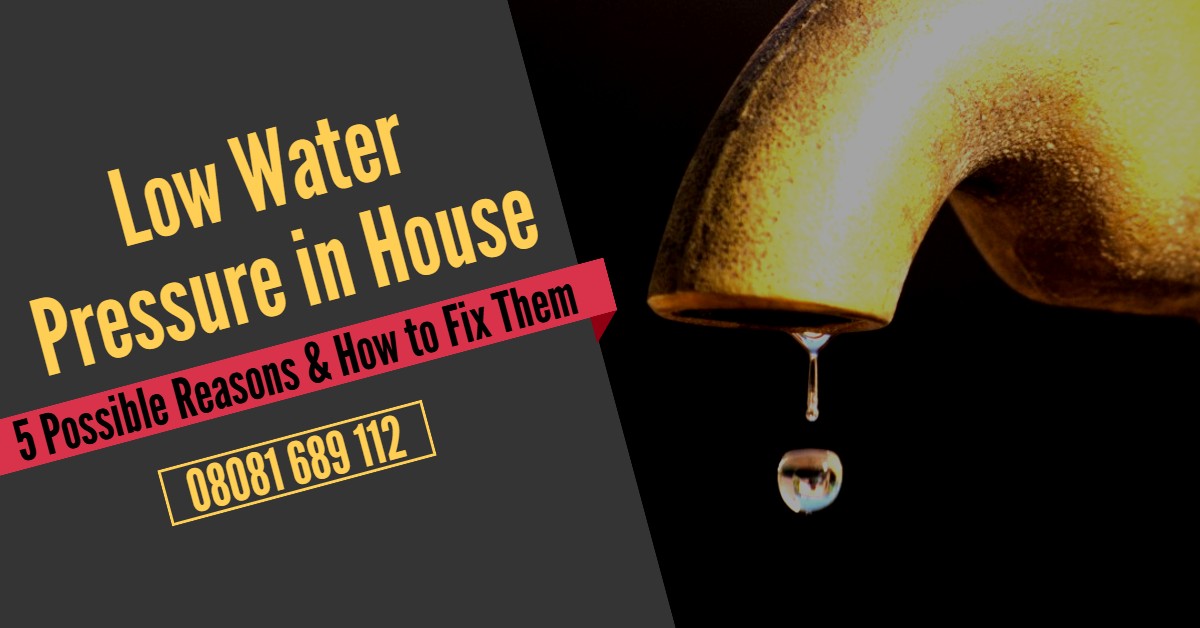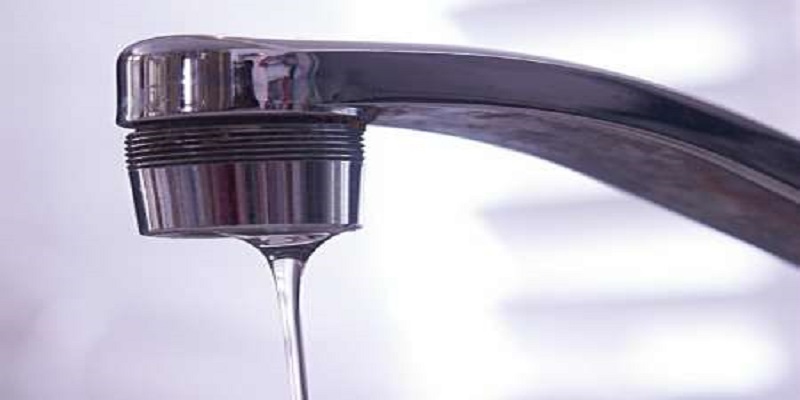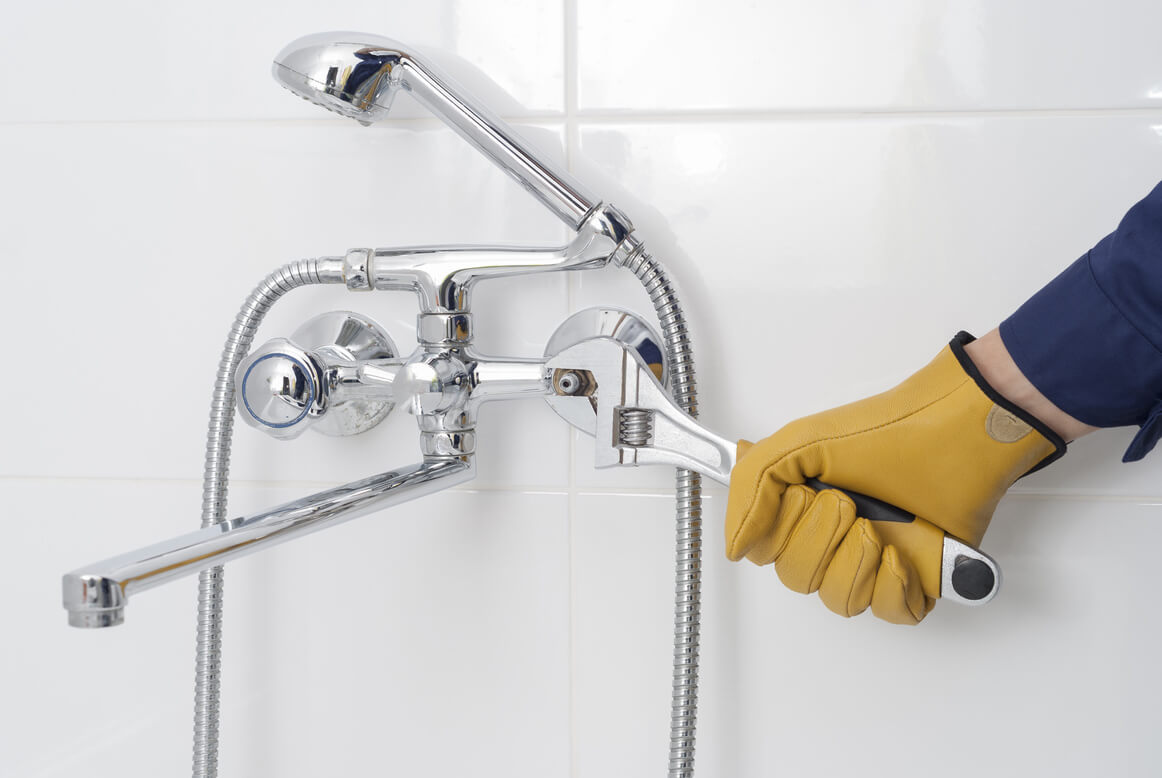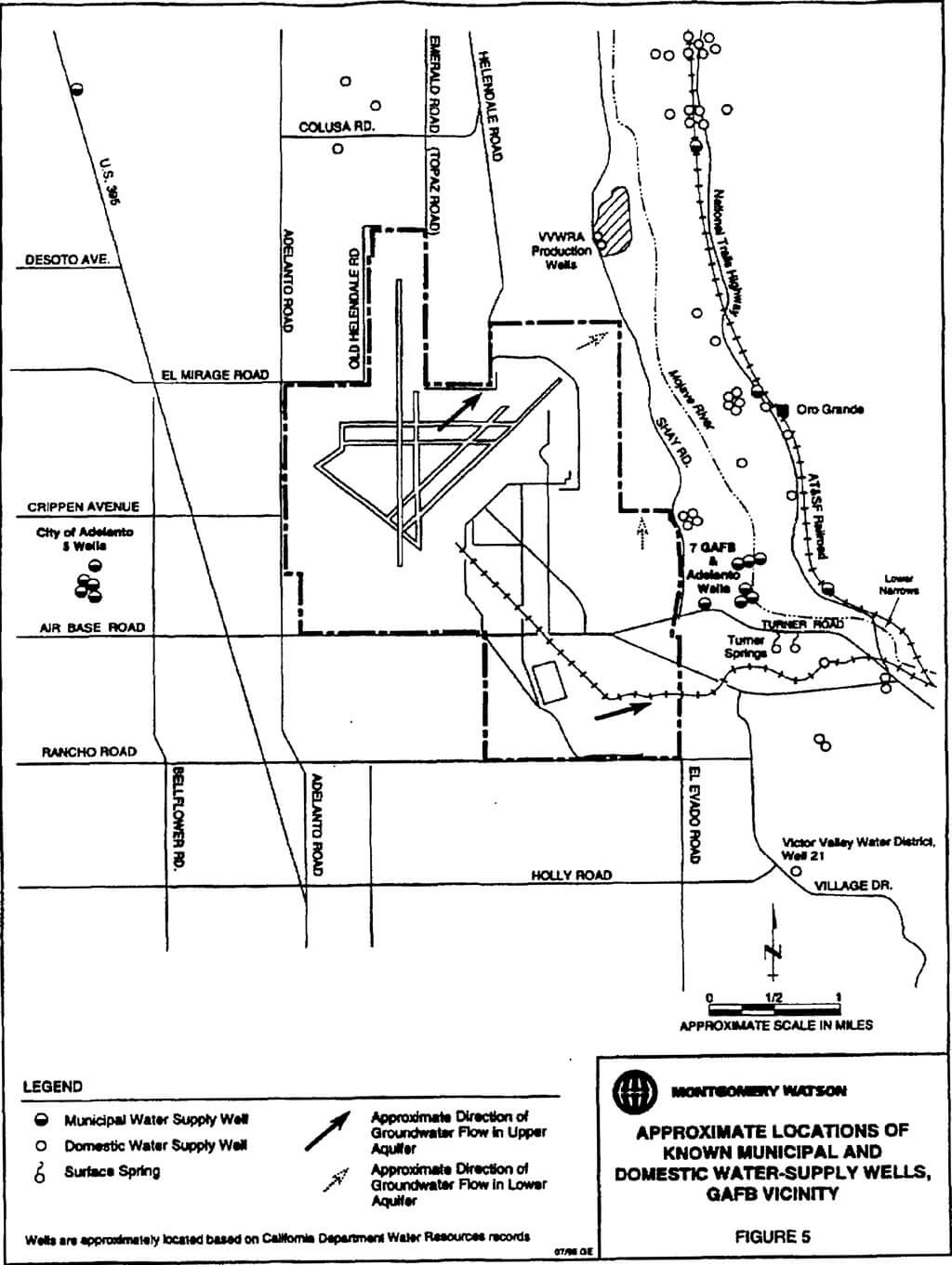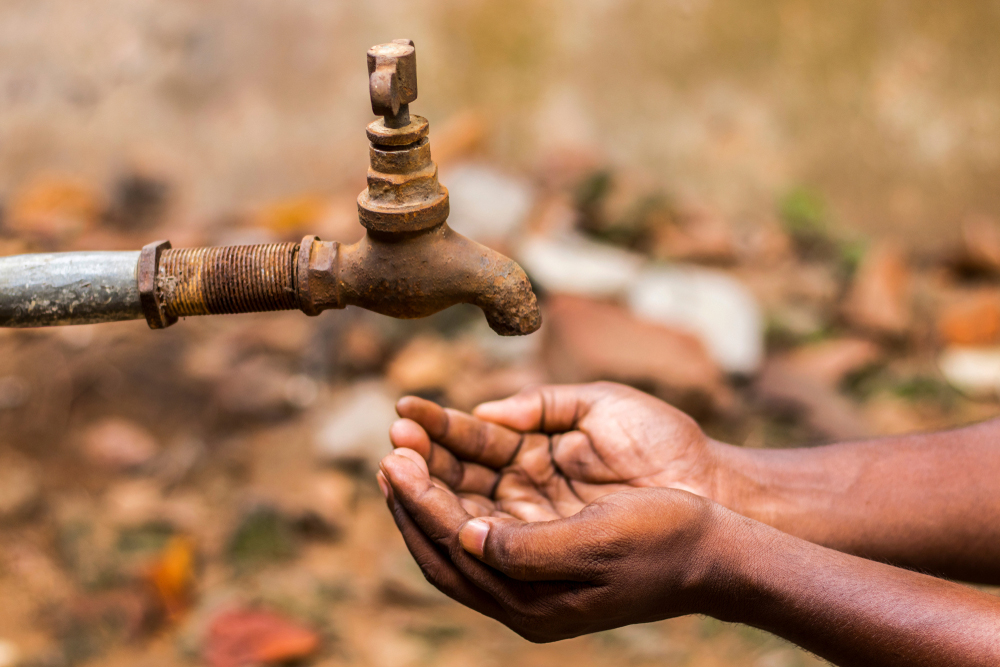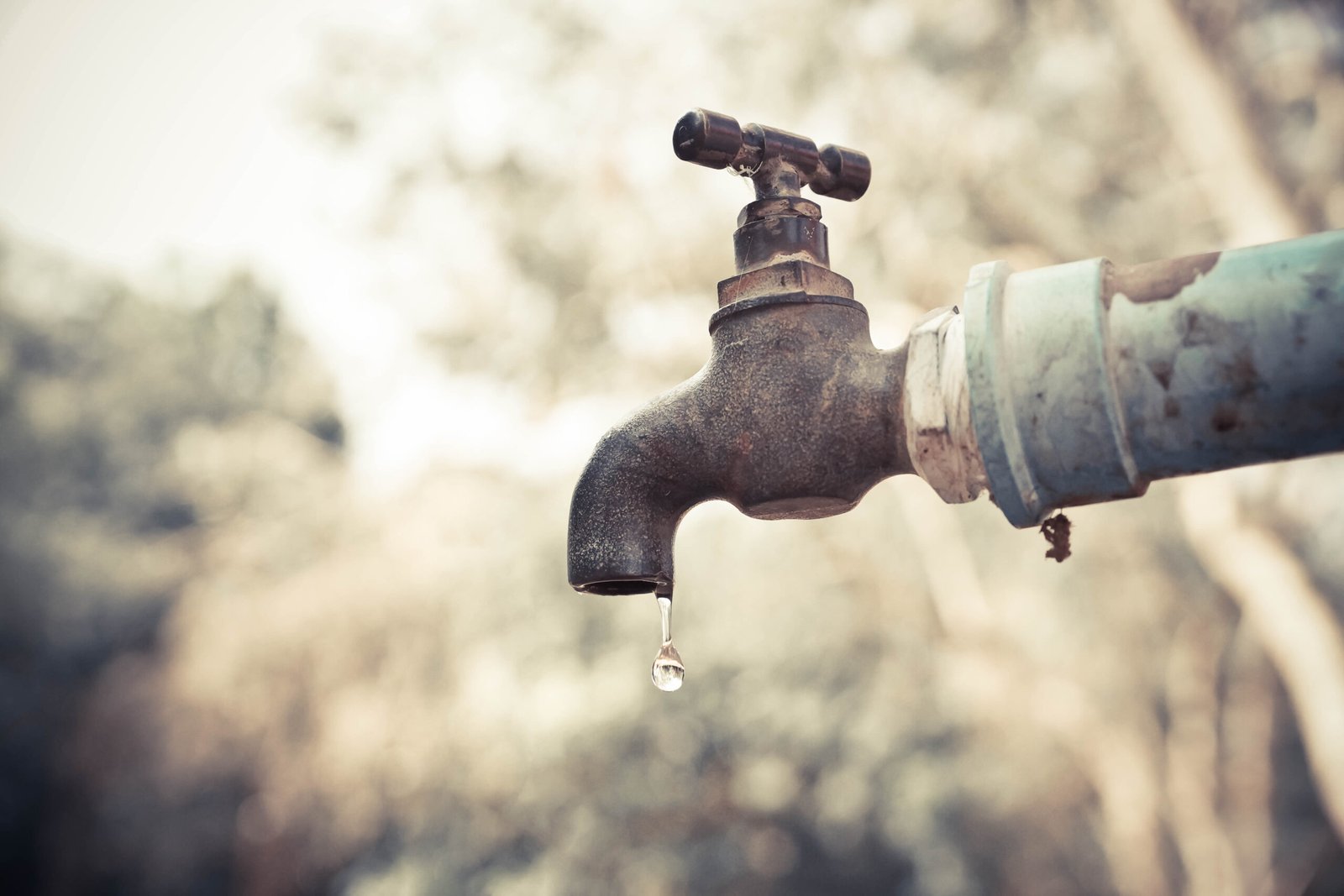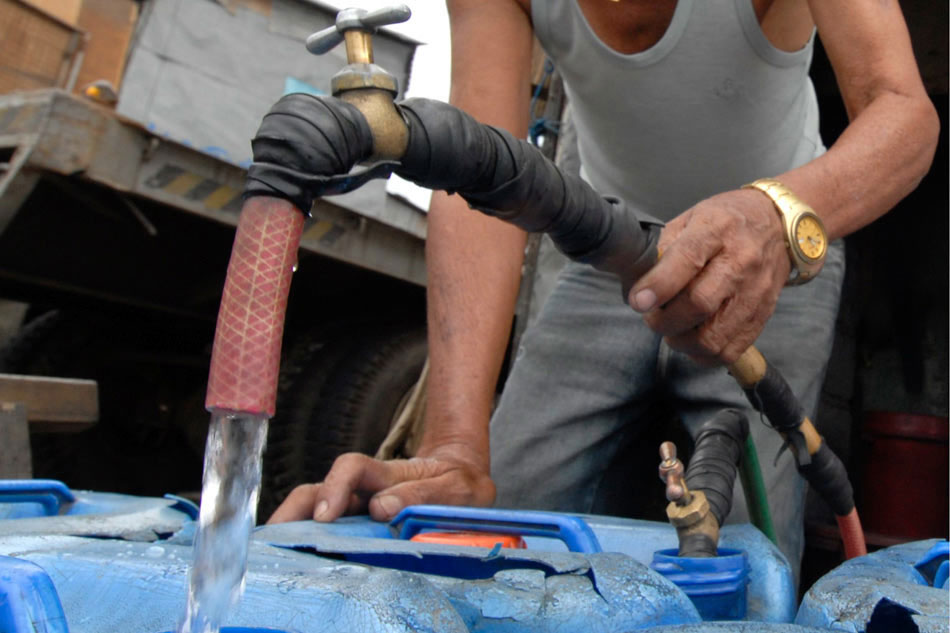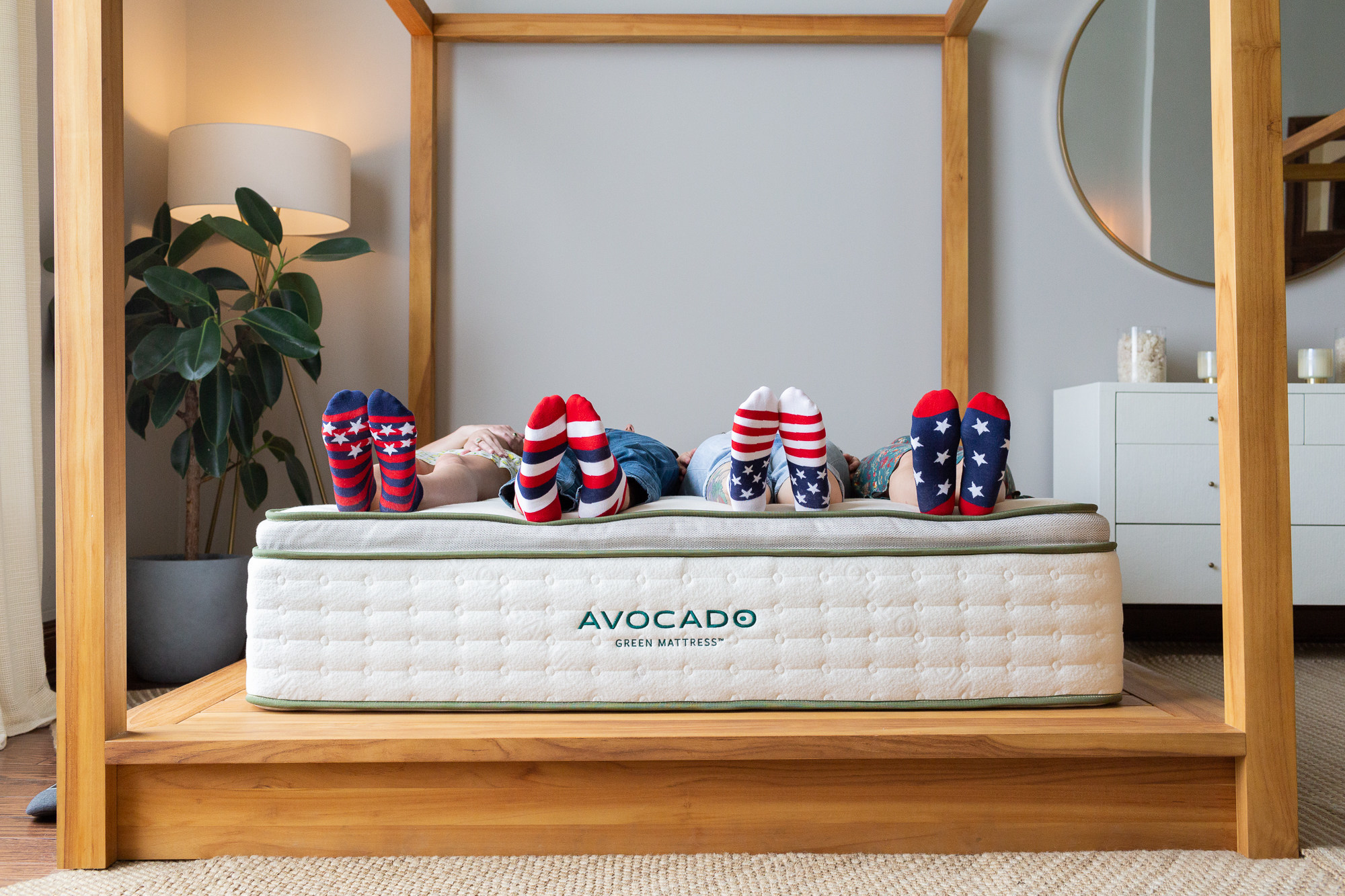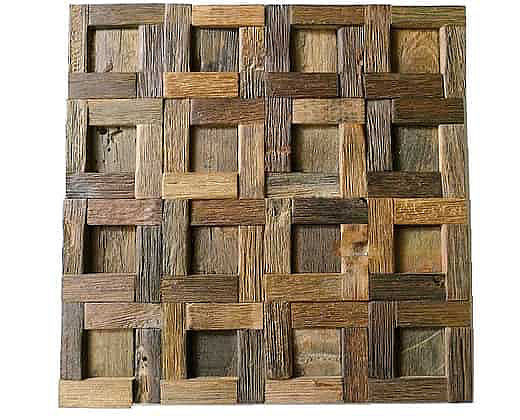A clogged aerator is one of the most common reasons for low water pressure in the kitchen sink. This small, mesh screen at the end of the faucet can become clogged with debris, sediment, or mineral buildup over time. This restricts the flow of water, resulting in reduced water pressure. If you notice a decrease in water pressure in your kitchen sink, it is worth checking the aerator and cleaning or replacing it if necessary. You can also try soaking the aerator in a vinegar solution to dissolve any mineral buildup.Clogged aerator
Another possible cause of low water pressure in the kitchen sink is leaking pipes. If there is a leak somewhere in the pipes leading to your kitchen sink, it can result in a decrease in water pressure. This is because the water is not able to flow freely through the pipes and reaches your faucet at a lower pressure. If you suspect a leak, it is important to have it fixed as soon as possible to prevent any further damage to your pipes and restore your water pressure.Leaking pipes
The pressure regulator is a device that controls the water pressure in your plumbing system. If this device malfunctions, it can result in either high or low water pressure. In the case of low water pressure, the pressure regulator may be restricting the flow of water too much. This can be fixed by adjusting or replacing the pressure regulator, depending on the issue.Faulty pressure regulator
Mineral buildup is a common issue in areas with hard water. This occurs when minerals such as calcium and magnesium accumulate in the pipes, causing them to become narrow and restrict the flow of water. As a result, you may experience low water pressure in your kitchen sink. To prevent mineral buildup, consider installing a water softener or using a descaling agent regularly to remove any buildup.Mineral buildup
The shut-off valve controls the water flow to your kitchen sink. If this valve is not fully open or is faulty, it can restrict the flow of water and result in low water pressure. To check if the shut-off valve is the issue, make sure it is fully open and try turning it off and on again. If the problem persists, you may need to replace the shut-off valve.Faulty shut-off valve
In some cases, low water pressure in the kitchen sink may be due to a water main break in your area. This can happen due to construction or other external factors. If you notice low water pressure in your entire house, it is worth checking with your water provider to see if there is a water main break in your area. In this case, you will need to wait for the issue to be resolved by the water provider.Water main break
Pipes made of metal, such as copper or galvanized steel, can corrode over time. This can result in the pipes becoming narrow and restricting the flow of water. If your kitchen sink has old pipes, they may be corroded and causing low water pressure. In this case, you may need to replace the pipes to restore proper water pressure.Corroded pipes
If you are experiencing low water pressure not just in your kitchen sink, but in your entire house, the issue may be with your water supply. This could be due to high demand, maintenance work being done on the water supply system, or a problem with the water source itself. In this case, you will need to contact your water provider to address the issue.Low water pressure in entire house
A faulty faucet can also be the reason for low water pressure in the kitchen sink. Over time, the components of a faucet can wear out and cause a decrease in water pressure. If you have checked all other possible causes and are still experiencing low water pressure, it may be time to replace your faucet.Faulty faucet
If you have ruled out all other potential causes, the issue may lie with your water supply. This could be due to a problem with the municipal water system, a blockage in the pipes leading to your house, or a problem with your well if you have one. In this case, it is best to contact a professional plumber to diagnose and fix the issue.Water supply issue
The Impact of House Design on Water Pressure in the Kitchen Sink

How House Design Affects Water Pressure
 When it comes to the water pressure in your kitchen sink, the design of your house plays a crucial role. The system of pipes and plumbing in your home is responsible for delivering water to your sink, and any issues with this system can result in low water pressure. This can be frustrating and inconvenient, making it difficult to wash dishes, fill pots, or even get a glass of water. So, what exactly causes low water pressure in the kitchen sink?
When it comes to the water pressure in your kitchen sink, the design of your house plays a crucial role. The system of pipes and plumbing in your home is responsible for delivering water to your sink, and any issues with this system can result in low water pressure. This can be frustrating and inconvenient, making it difficult to wash dishes, fill pots, or even get a glass of water. So, what exactly causes low water pressure in the kitchen sink?
The Role of Plumbing Layout
 One of the main reasons for low water pressure in the kitchen sink is the layout of your plumbing system. If your pipes are old or poorly designed, they could become clogged or damaged over time, restricting the flow of water. This can be especially problematic in older homes, where the plumbing may not have been updated in a long time. Additionally, if your kitchen sink is located far from the main water source, like the water meter or pump, it may not receive enough pressure to provide adequate water flow.
Another potential issue with plumbing layout is the use of narrow pipes or fittings. These can create a bottleneck effect, reducing the amount of water that can pass through at once. This can be a common problem in older homes or DIY plumbing projects, where smaller pipes or fittings may have been used to save on cost.
One of the main reasons for low water pressure in the kitchen sink is the layout of your plumbing system. If your pipes are old or poorly designed, they could become clogged or damaged over time, restricting the flow of water. This can be especially problematic in older homes, where the plumbing may not have been updated in a long time. Additionally, if your kitchen sink is located far from the main water source, like the water meter or pump, it may not receive enough pressure to provide adequate water flow.
Another potential issue with plumbing layout is the use of narrow pipes or fittings. These can create a bottleneck effect, reducing the amount of water that can pass through at once. This can be a common problem in older homes or DIY plumbing projects, where smaller pipes or fittings may have been used to save on cost.
The Impact of Water Supply System
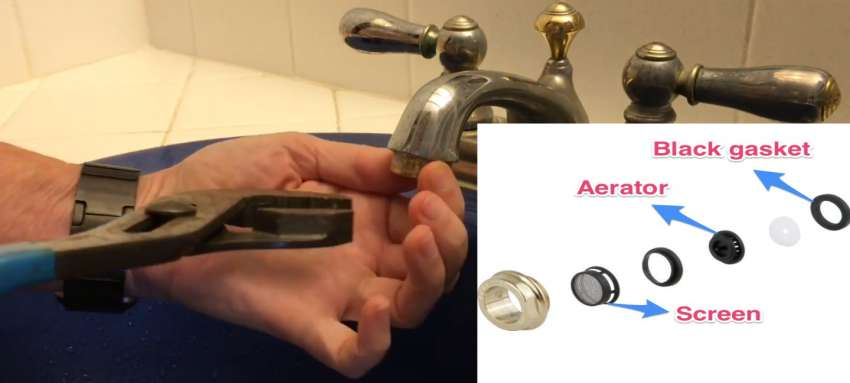 In addition to the layout of your pipes, the type of water supply system in your home can also affect your kitchen sink water pressure. For homes with a well or private water supply, the pressure may be lower than those connected to a municipal water system. This is because the pressure from a well or private supply is dependent on the strength of the pump, which may not be as powerful as the pressure from the city's water supply.
Additionally, the age and condition of the water supply system can also play a role in water pressure. Over time, pipes can corrode or become damaged, leading to leaks and reducing water pressure. It's important to regularly maintain and update your water supply system to ensure proper water pressure in your kitchen sink.
In addition to the layout of your pipes, the type of water supply system in your home can also affect your kitchen sink water pressure. For homes with a well or private water supply, the pressure may be lower than those connected to a municipal water system. This is because the pressure from a well or private supply is dependent on the strength of the pump, which may not be as powerful as the pressure from the city's water supply.
Additionally, the age and condition of the water supply system can also play a role in water pressure. Over time, pipes can corrode or become damaged, leading to leaks and reducing water pressure. It's important to regularly maintain and update your water supply system to ensure proper water pressure in your kitchen sink.
The Importance of Proper House Design
 As you can see, the design and layout of your house can significantly impact the water pressure in your kitchen sink. To avoid low water pressure issues, it's crucial to invest in a well-designed plumbing system and to regularly maintain your water supply system. This will not only ensure proper water pressure but also prevent potential damage and costly repairs in the future. So, next time you experience low water pressure in your kitchen sink, consider the impact of your house design on this issue.
As you can see, the design and layout of your house can significantly impact the water pressure in your kitchen sink. To avoid low water pressure issues, it's crucial to invest in a well-designed plumbing system and to regularly maintain your water supply system. This will not only ensure proper water pressure but also prevent potential damage and costly repairs in the future. So, next time you experience low water pressure in your kitchen sink, consider the impact of your house design on this issue.



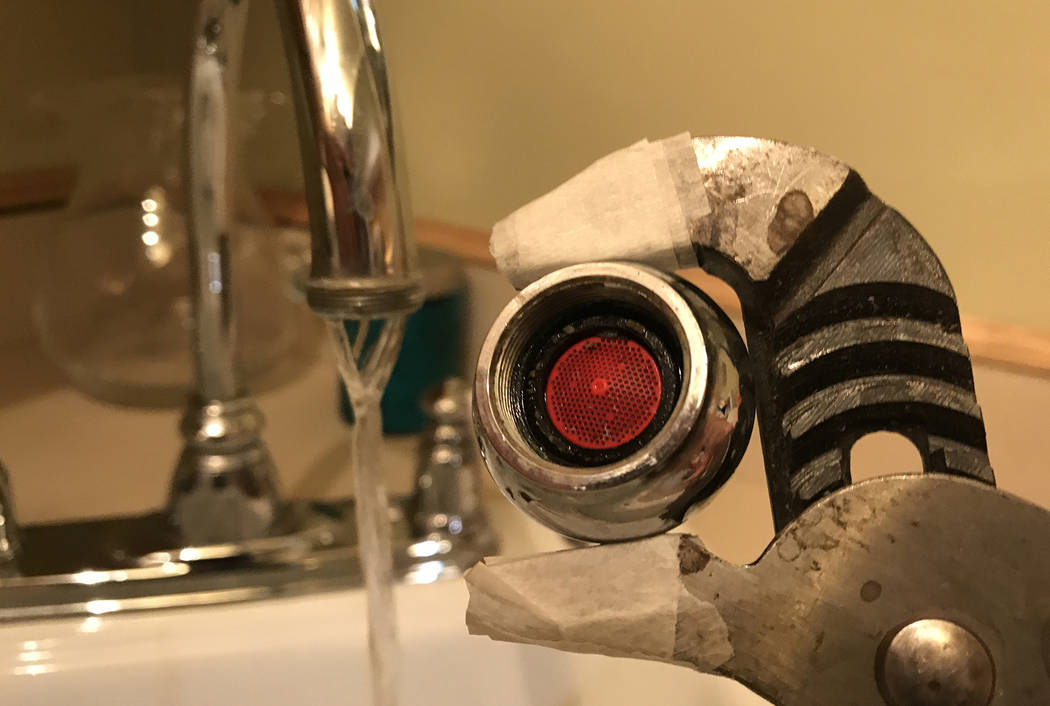

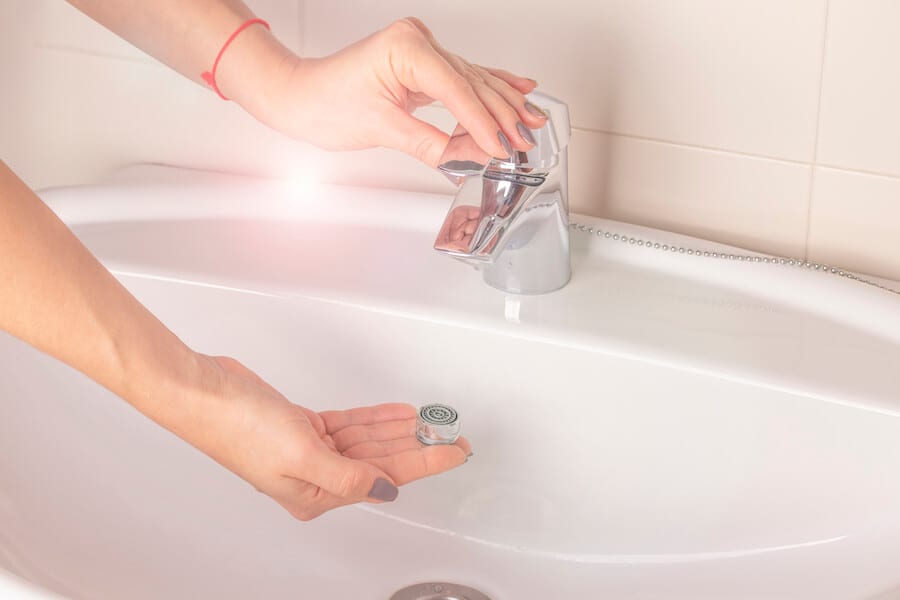



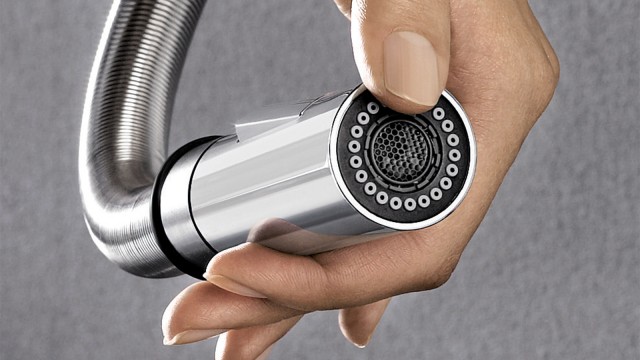



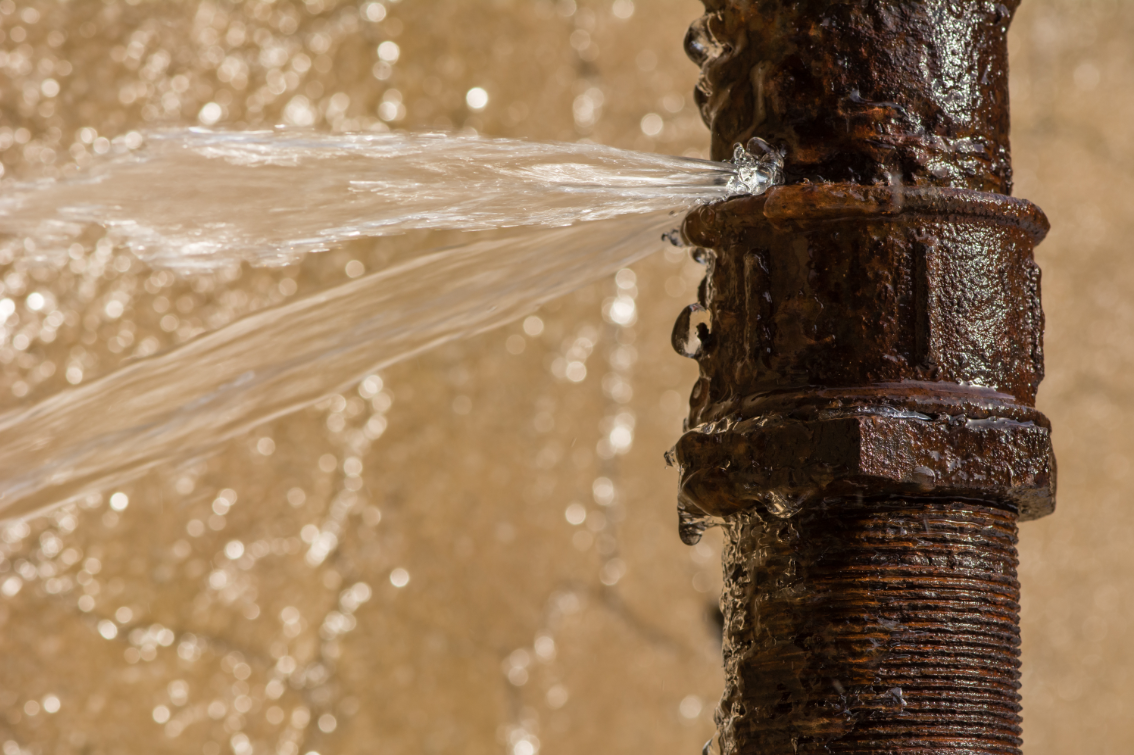
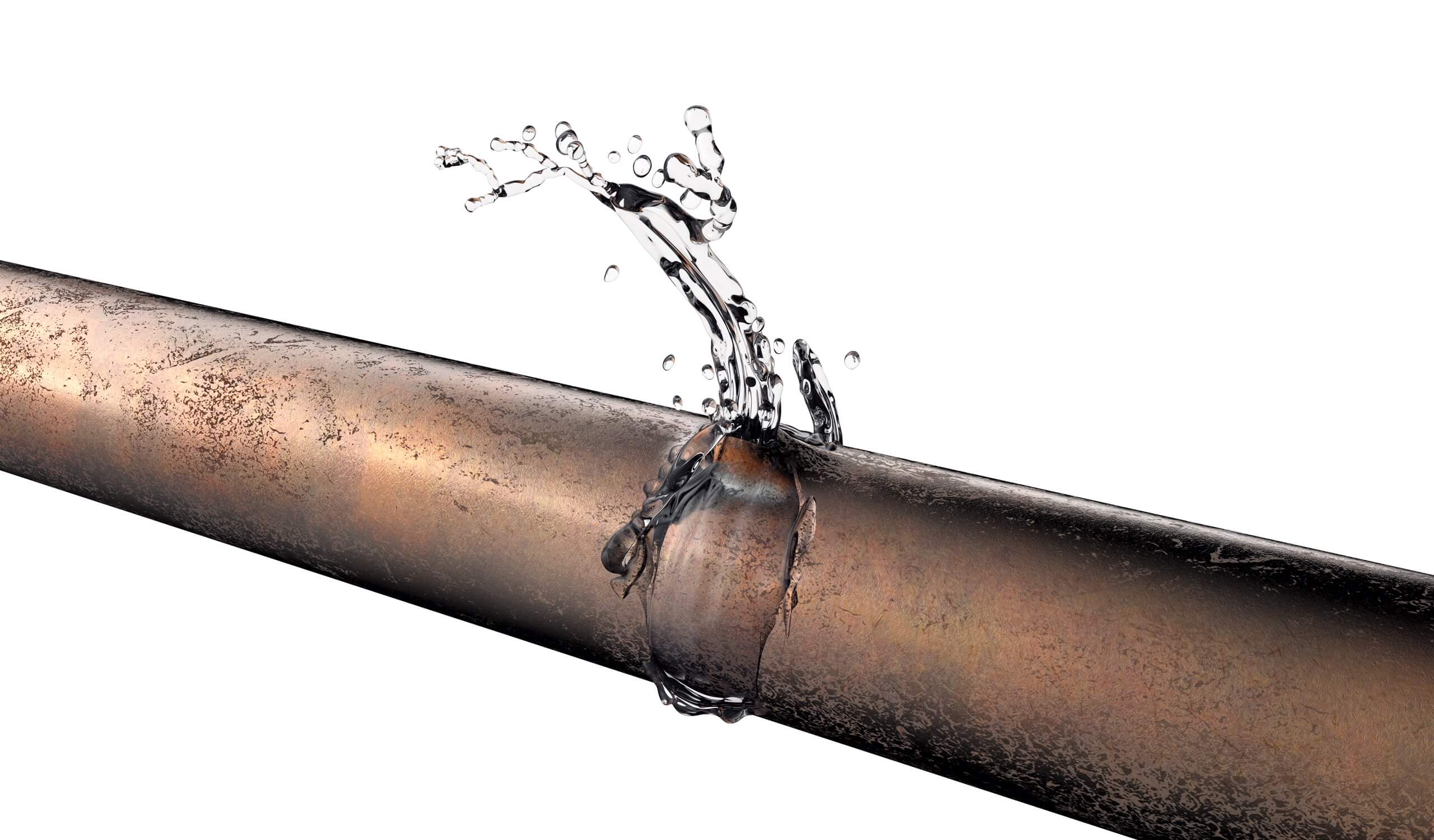
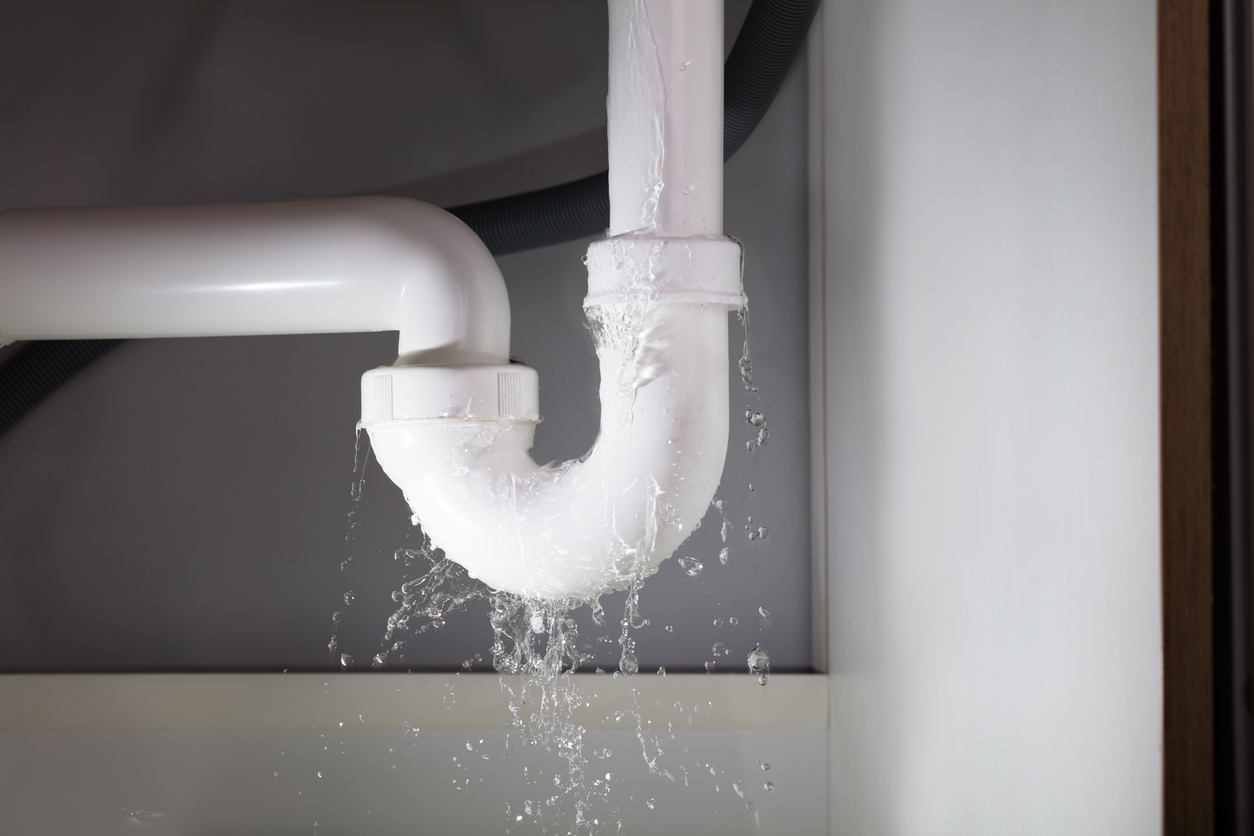
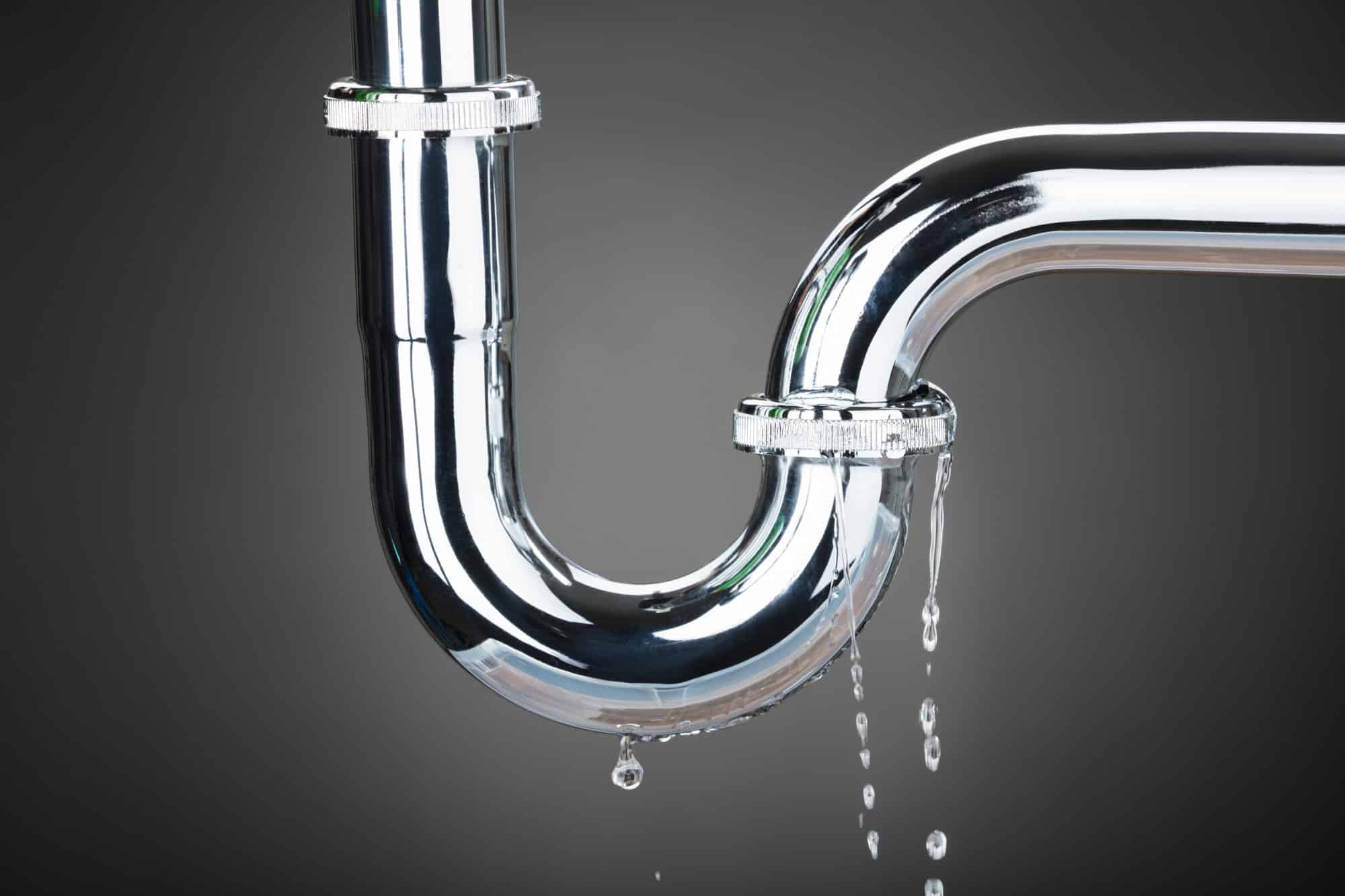
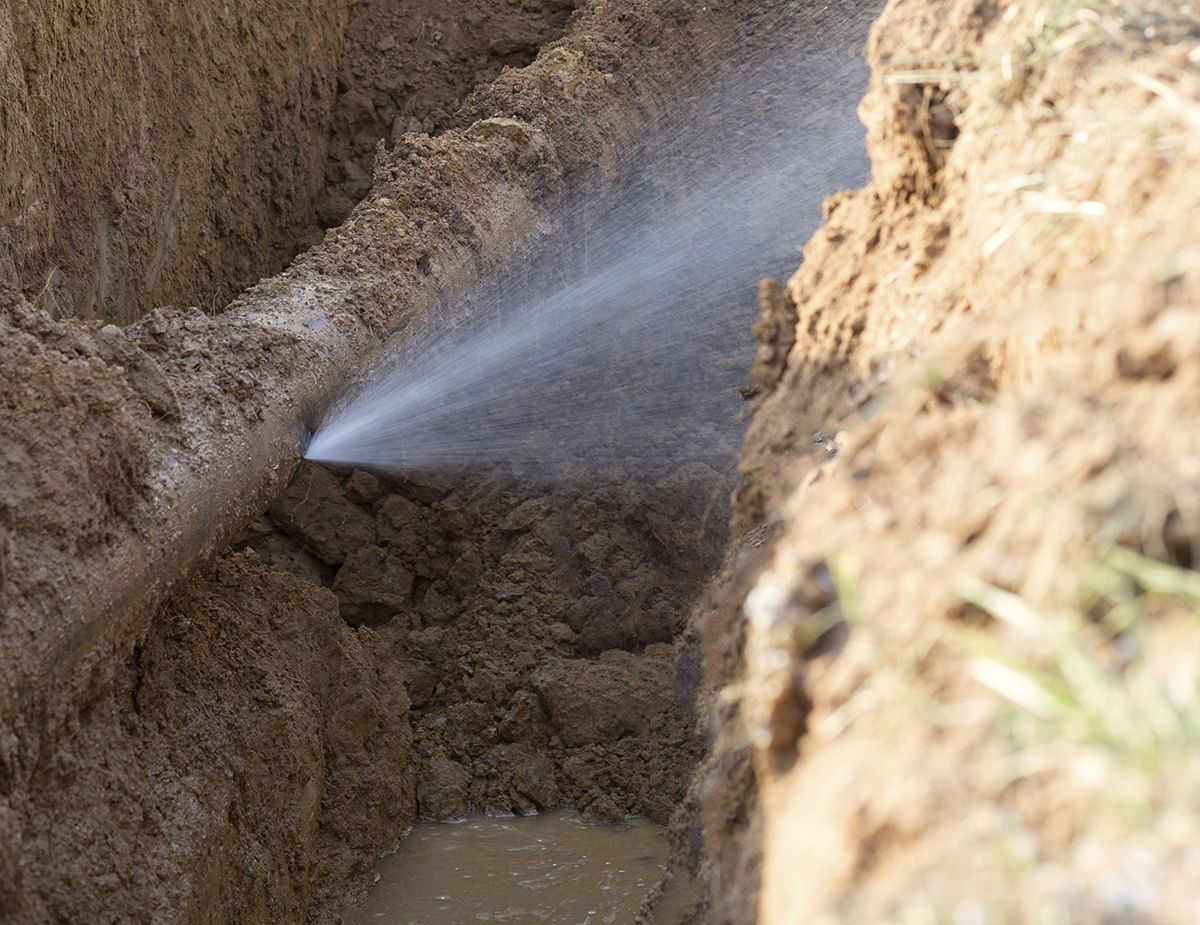
.jpg)
